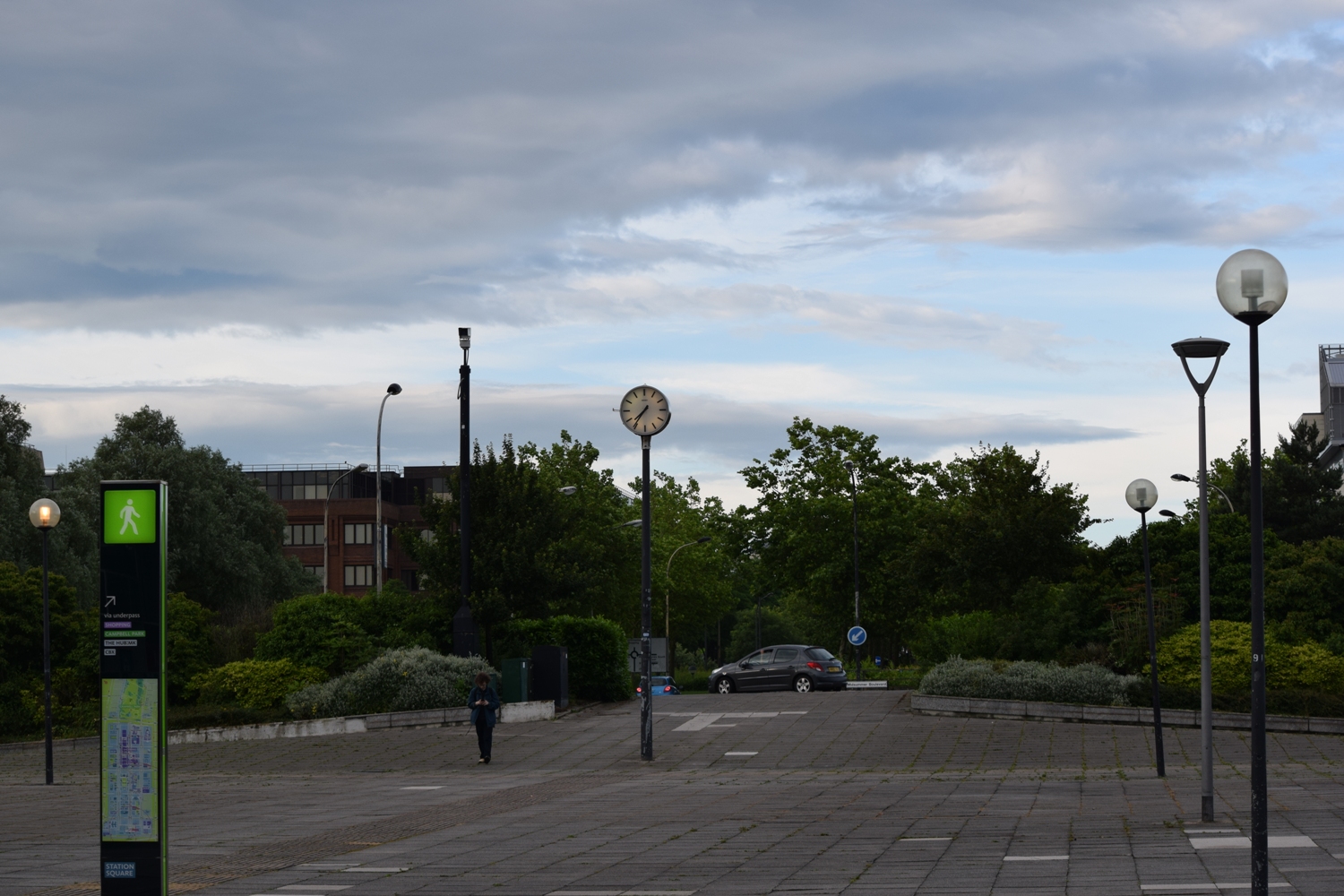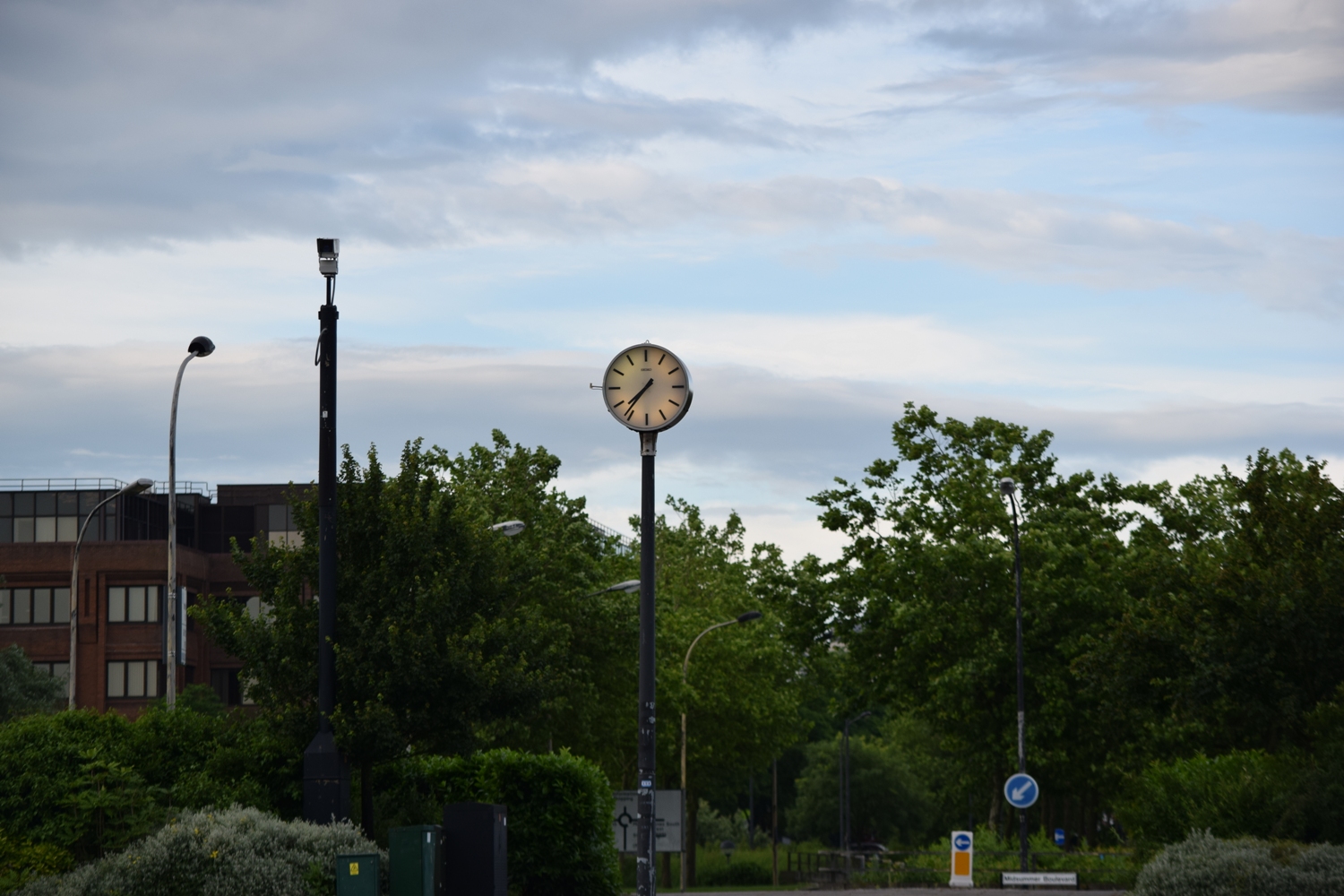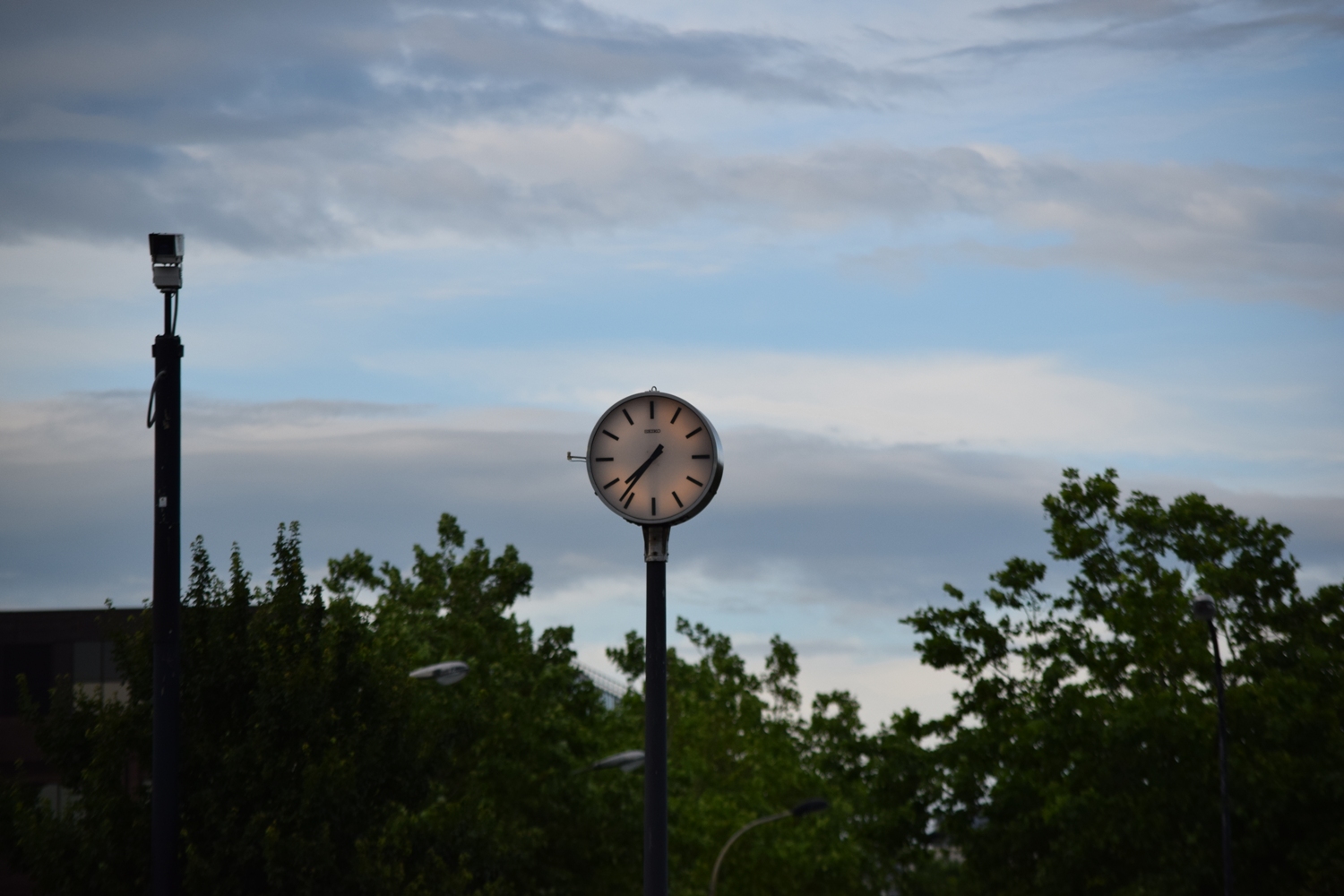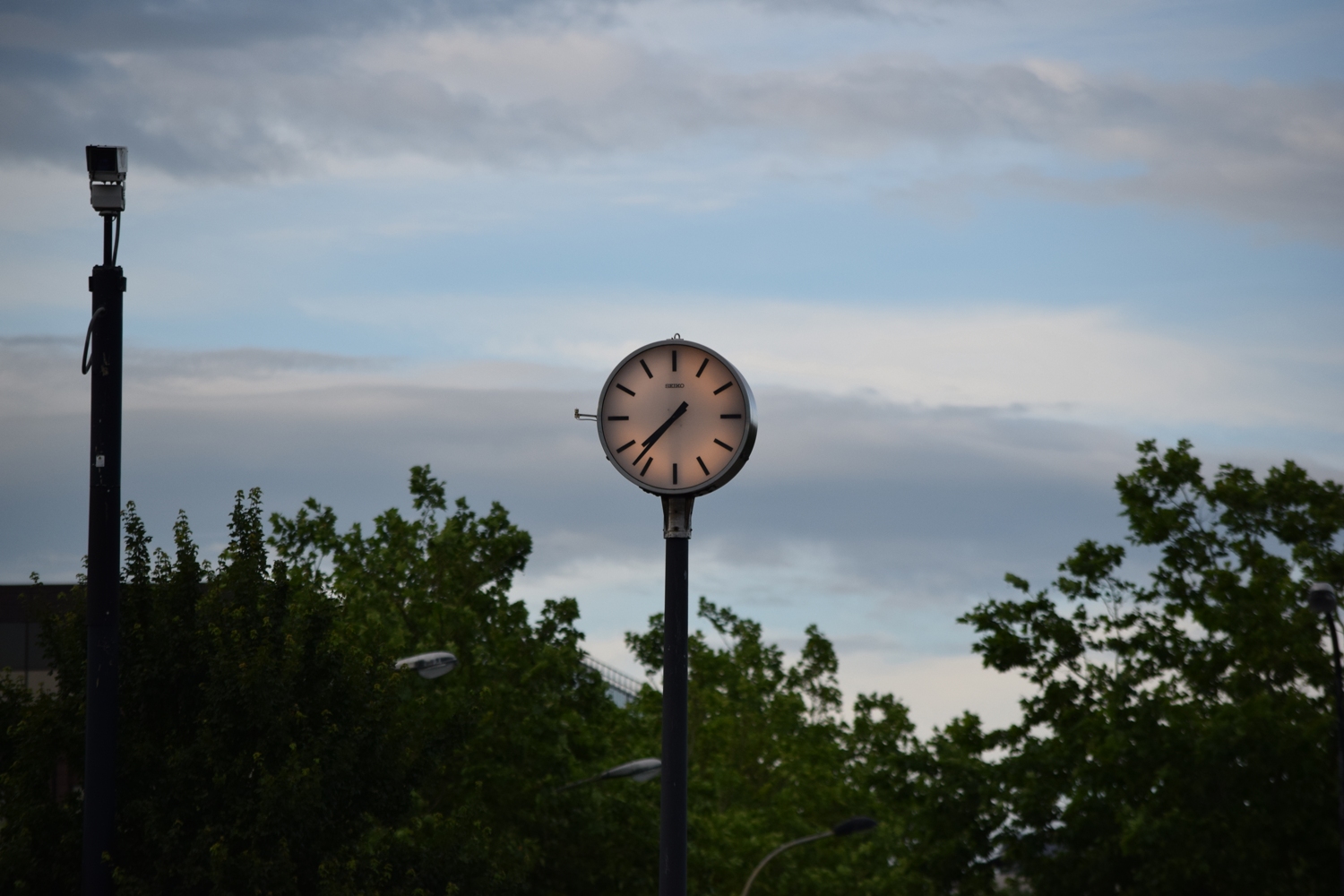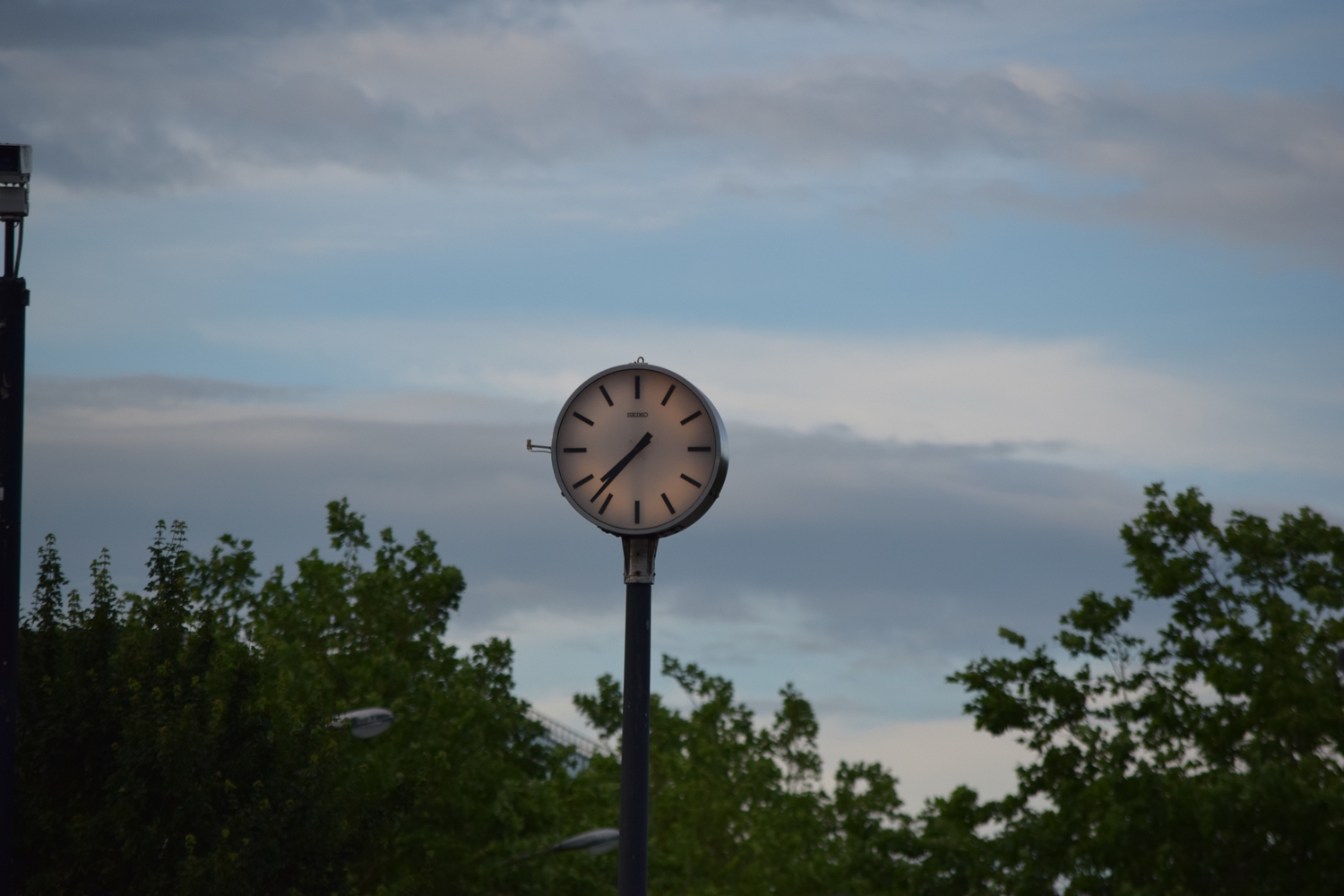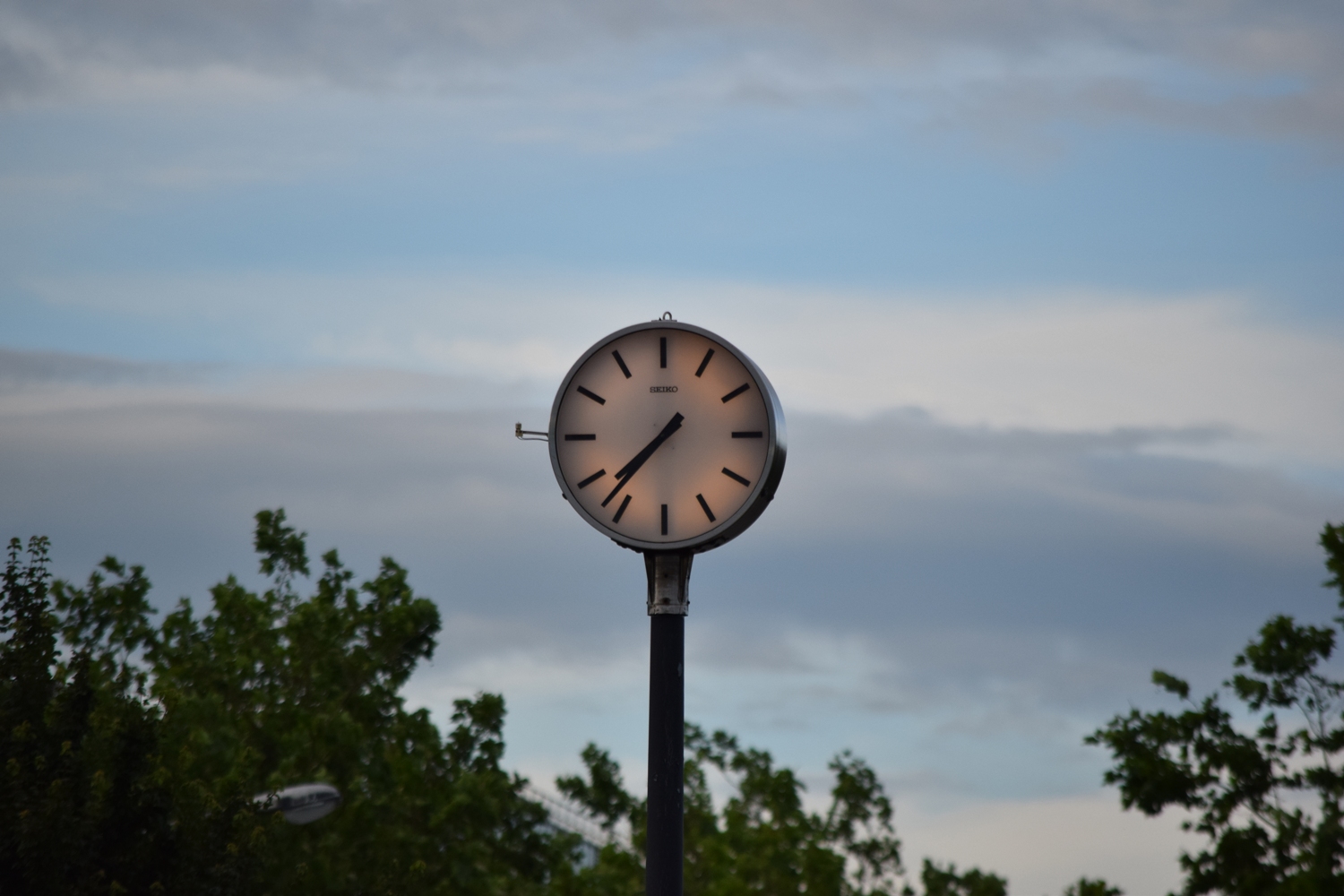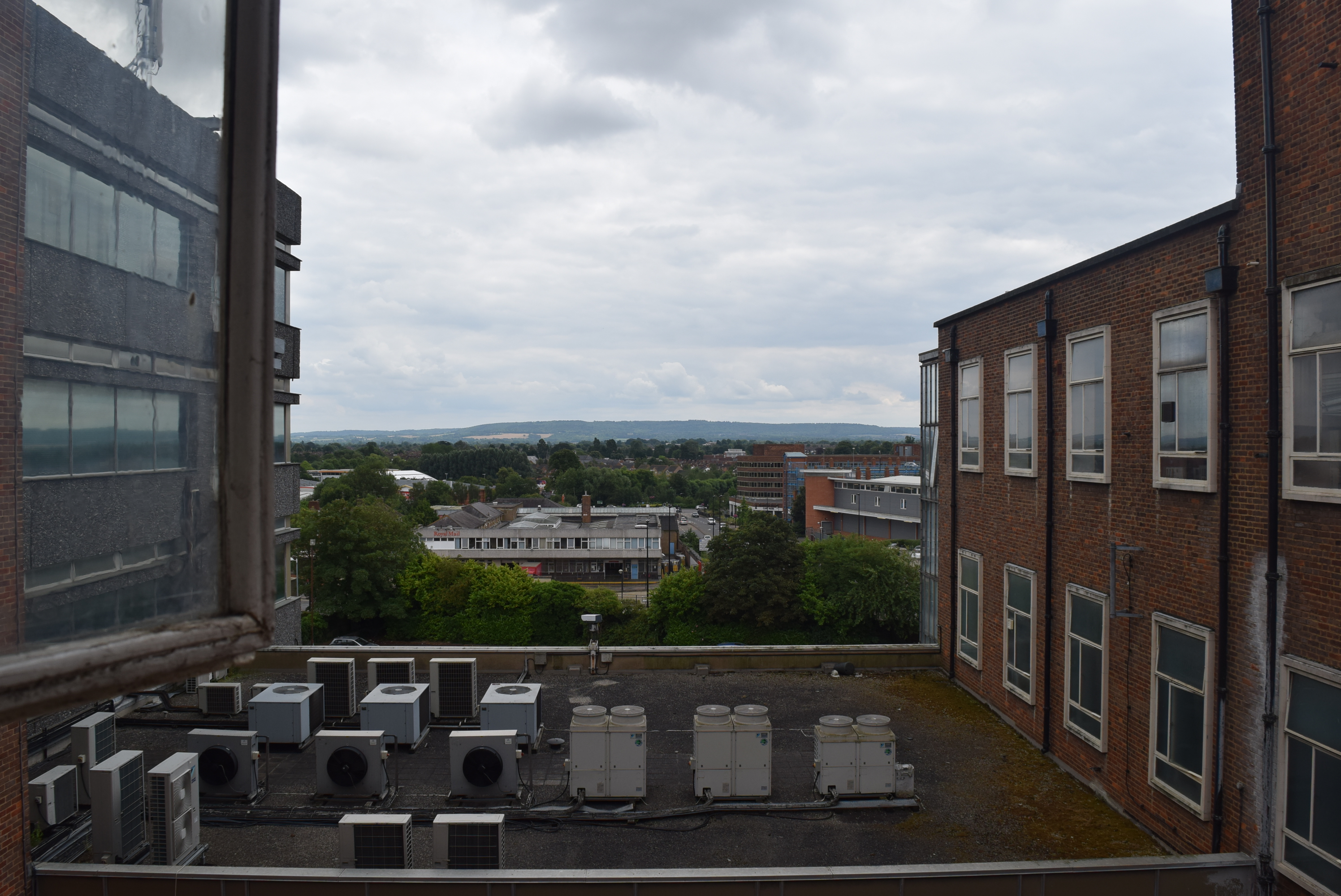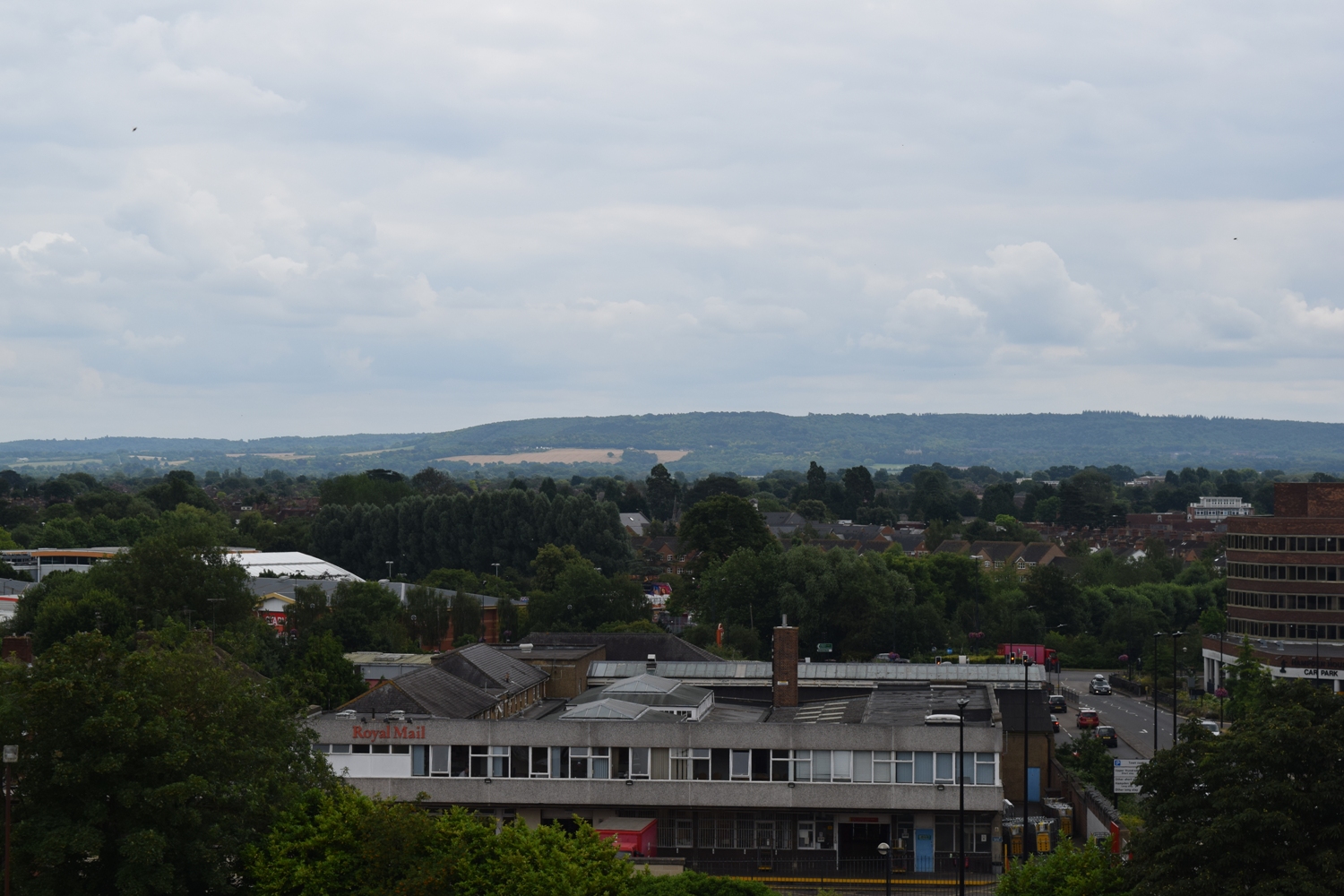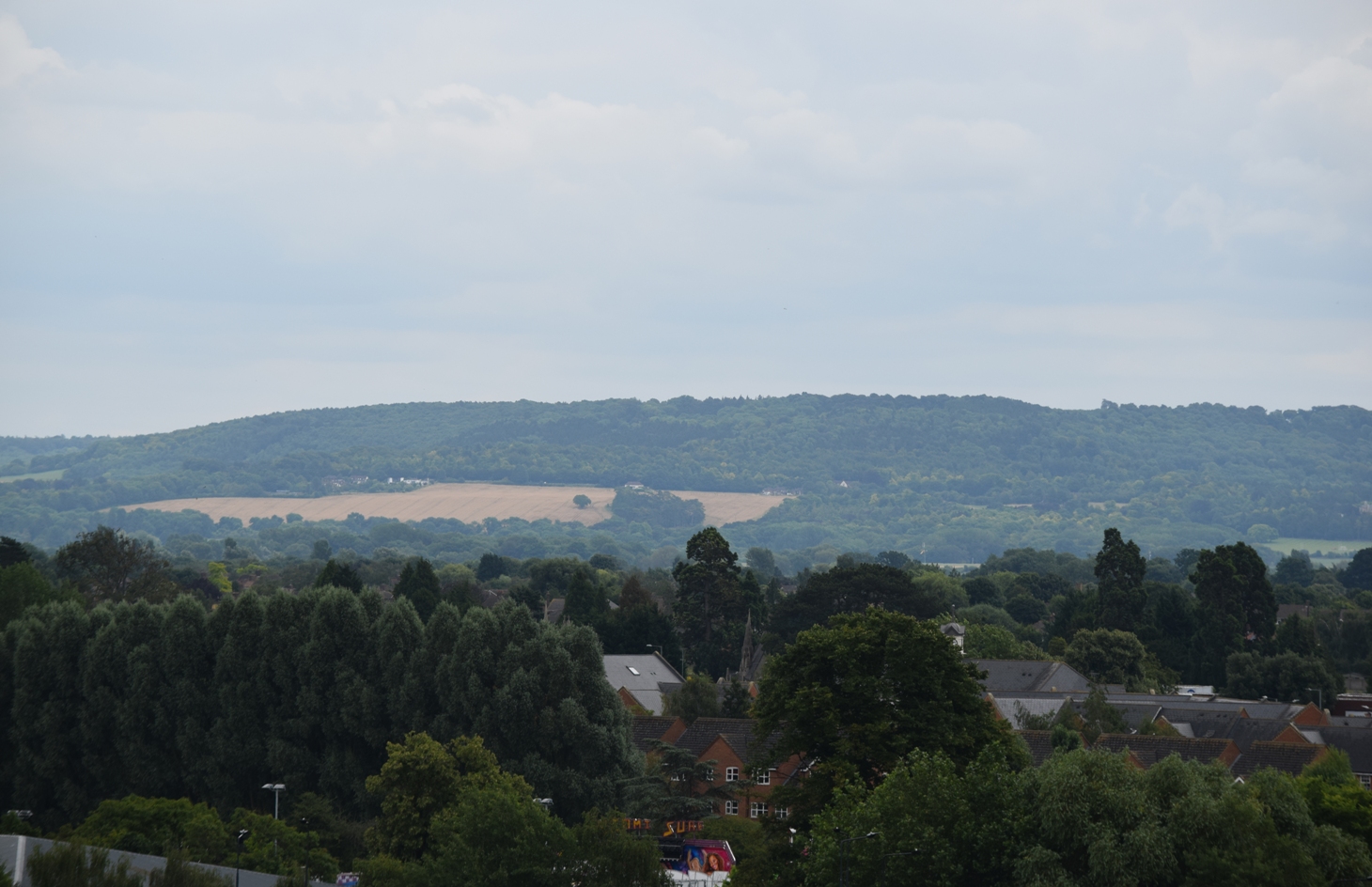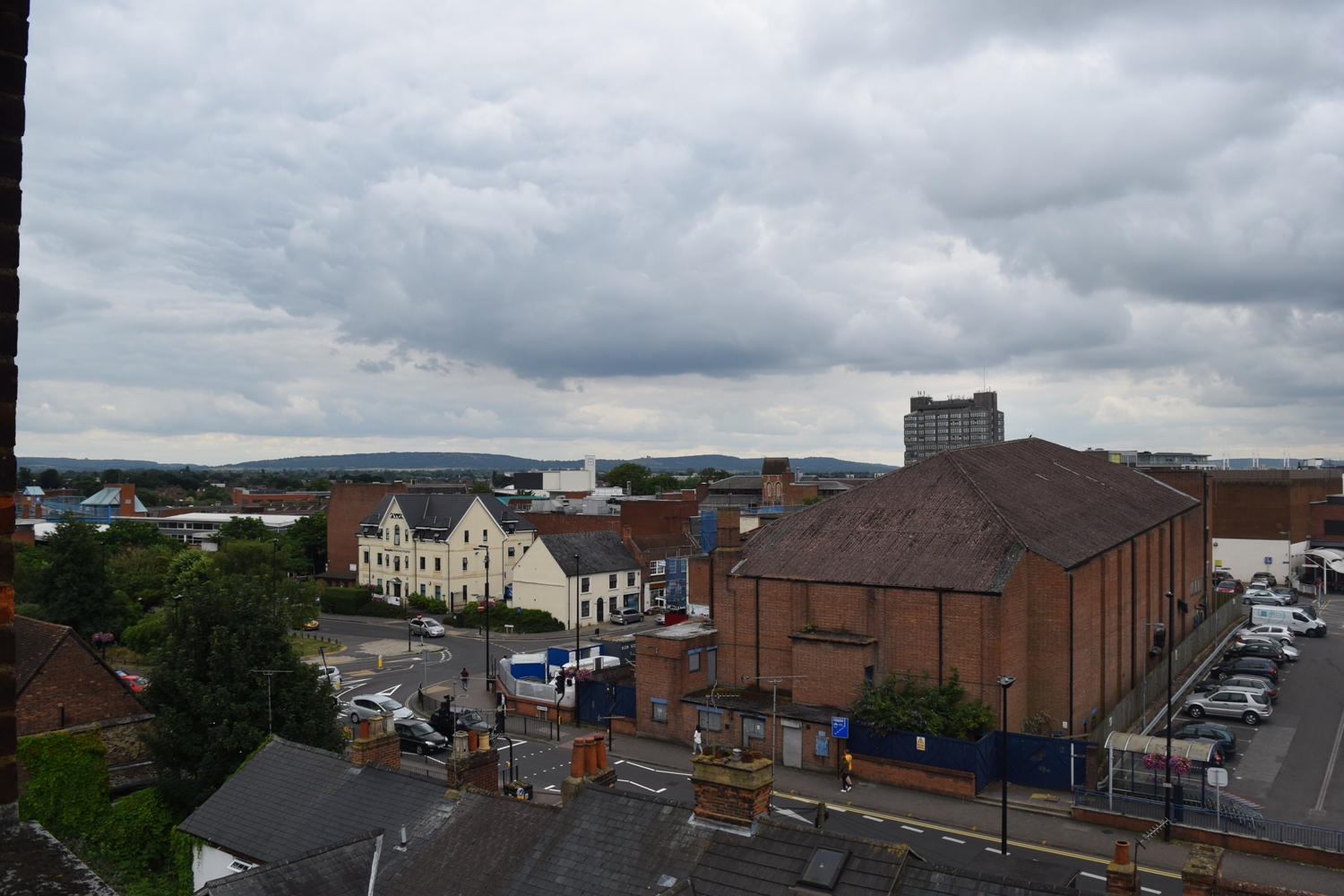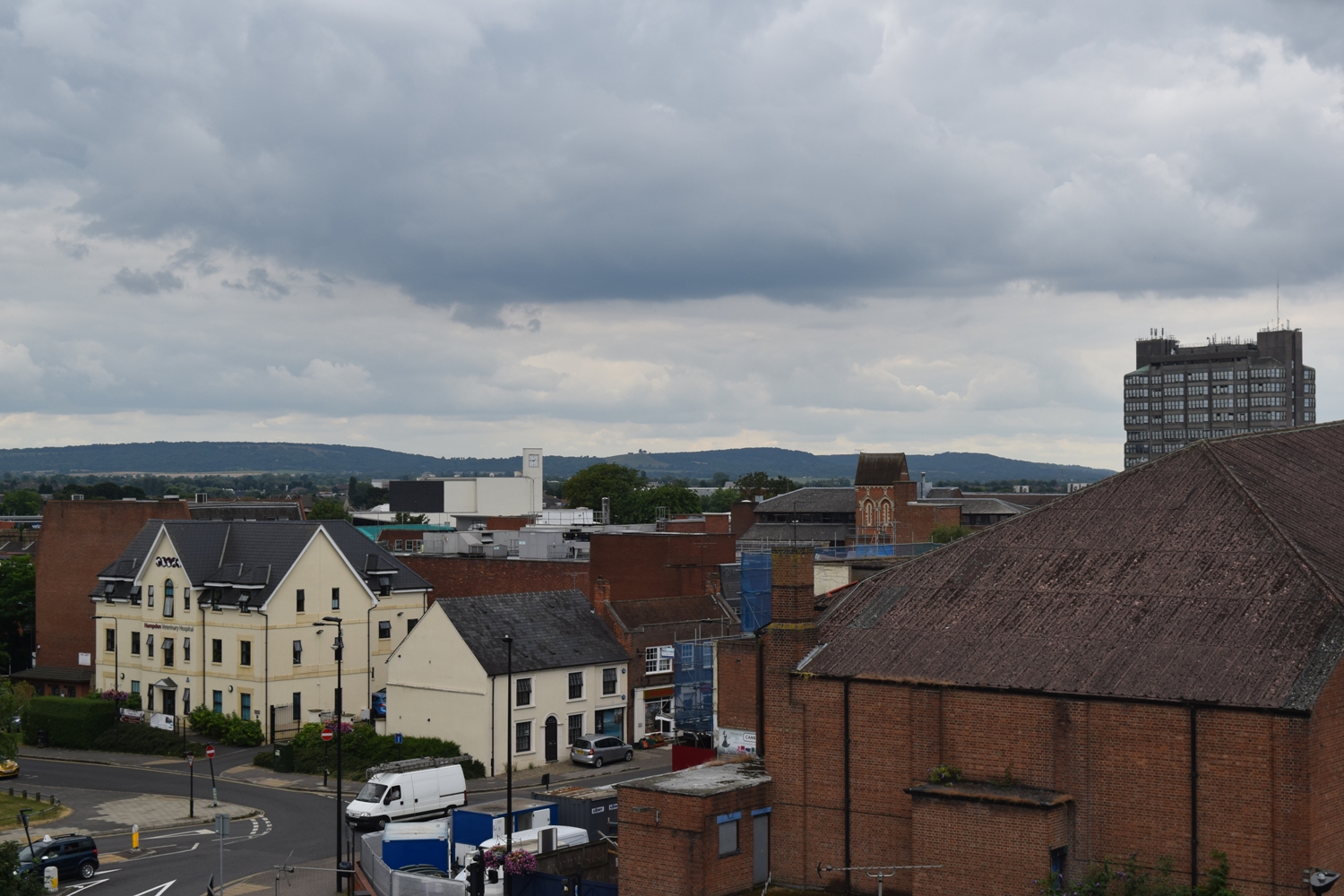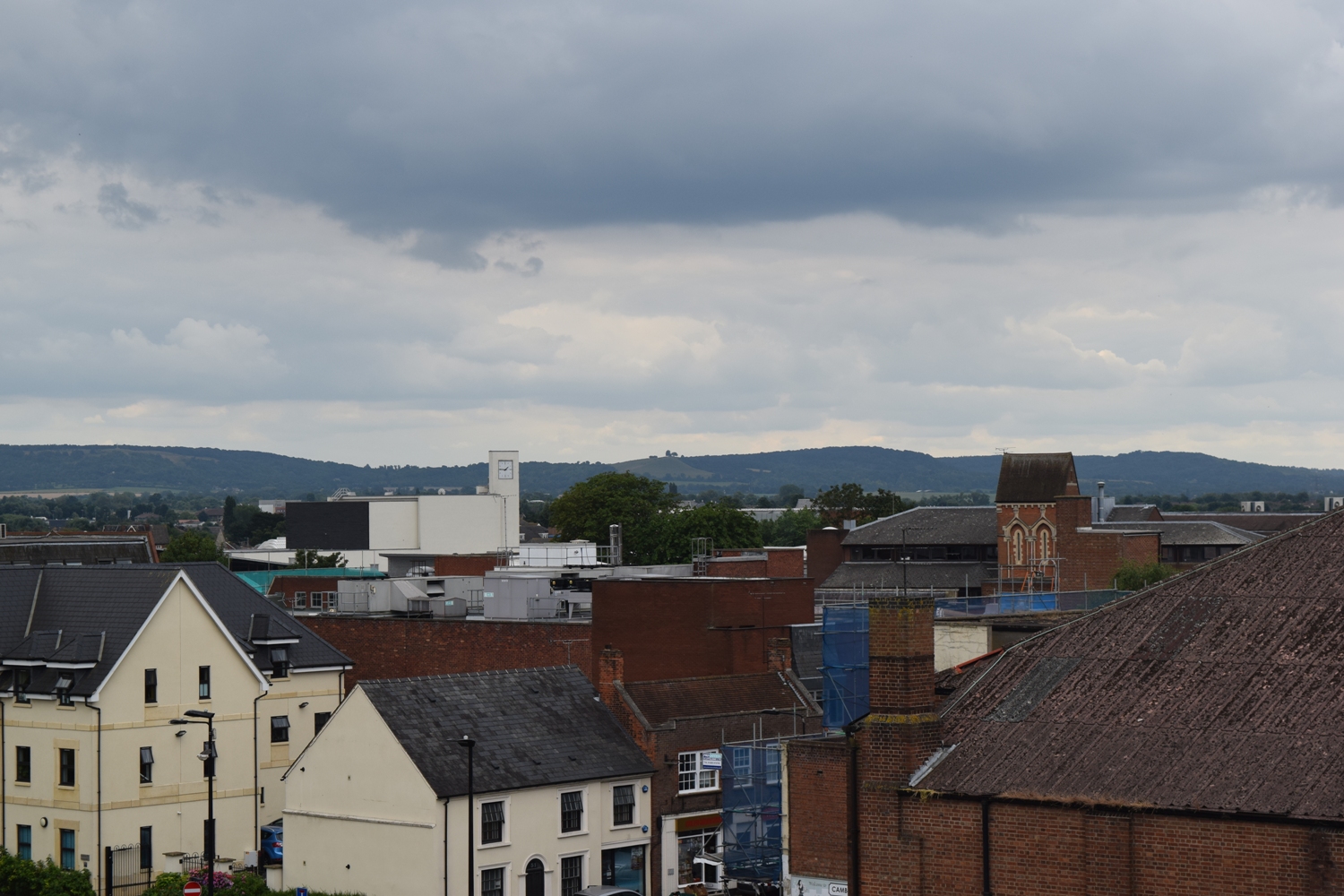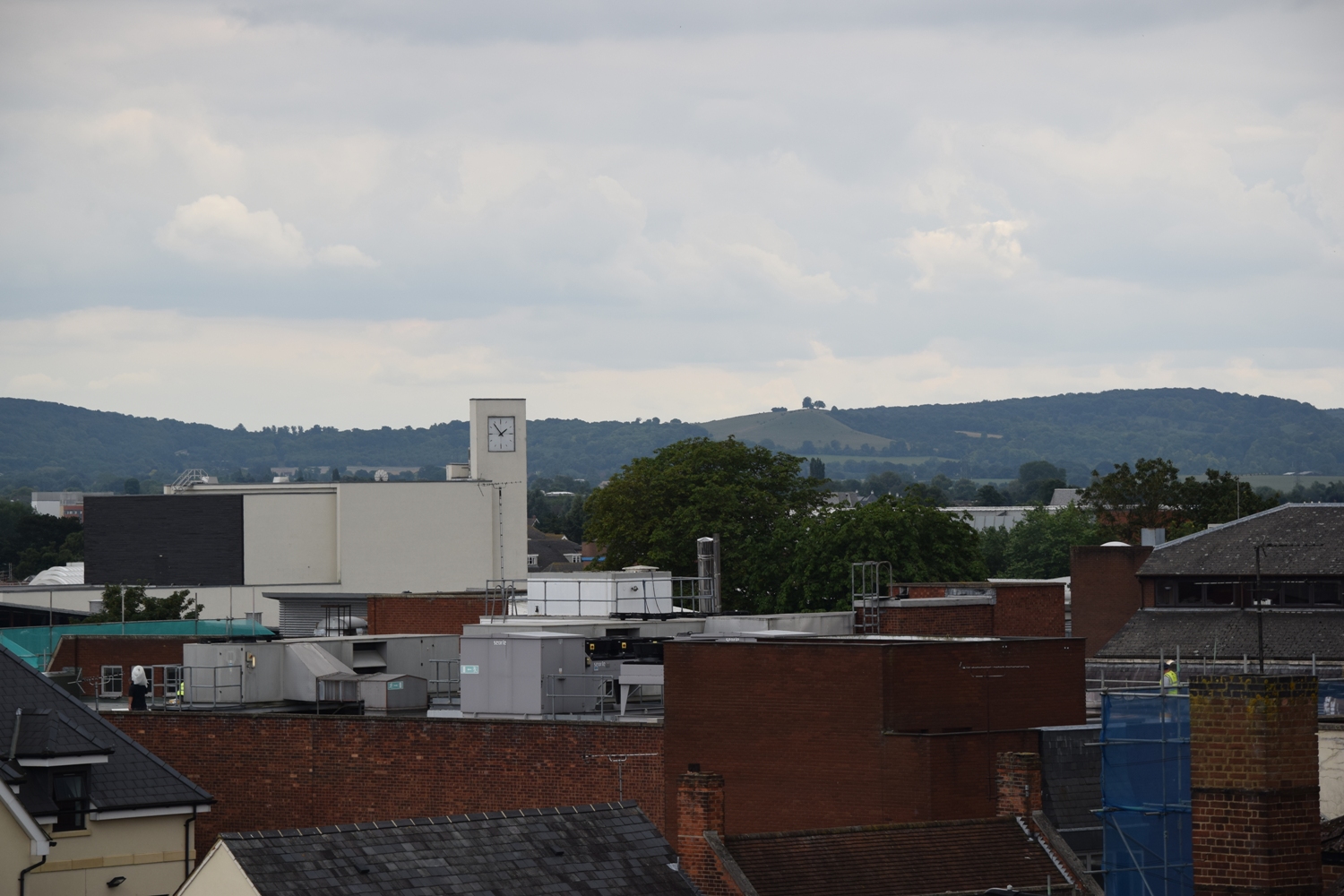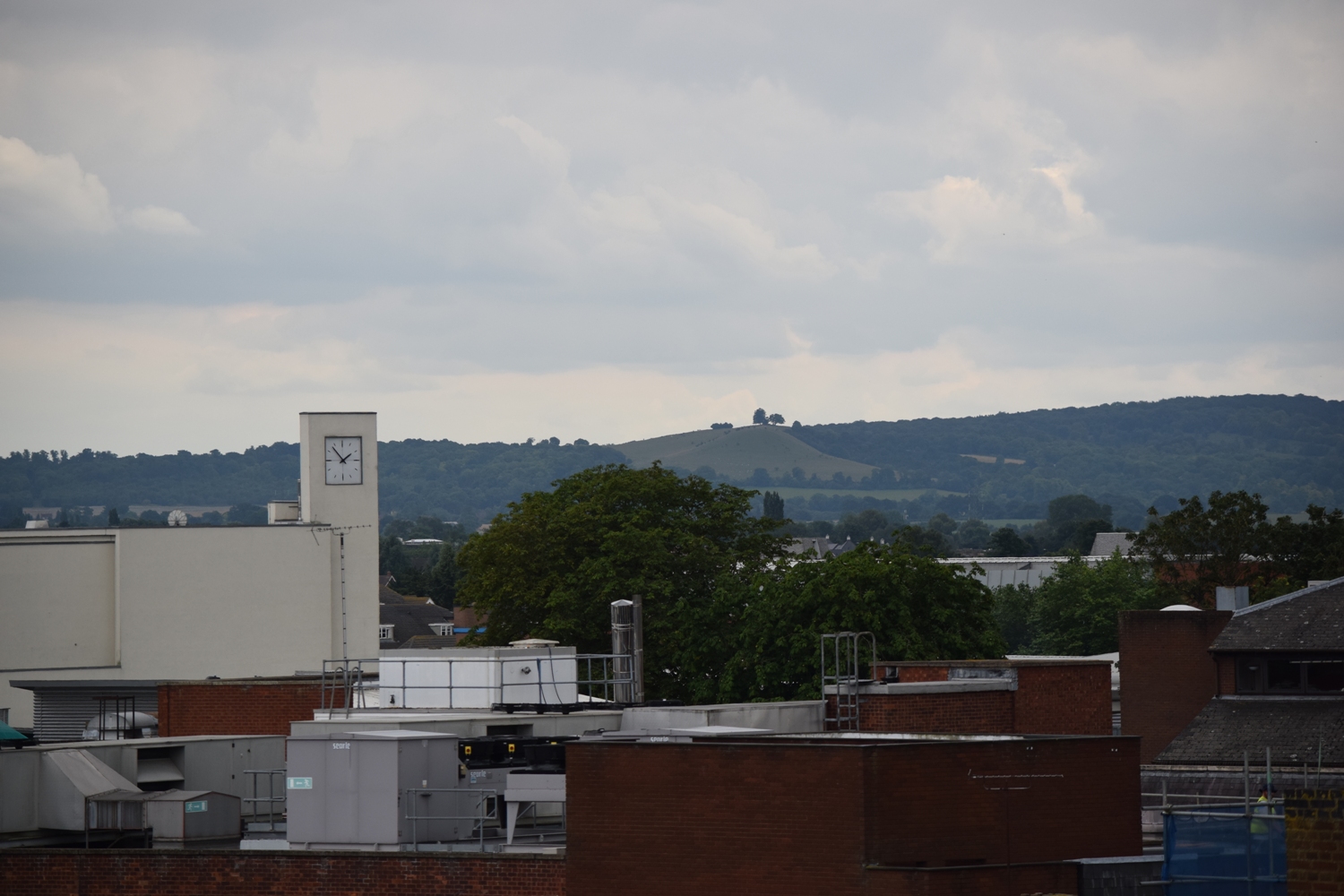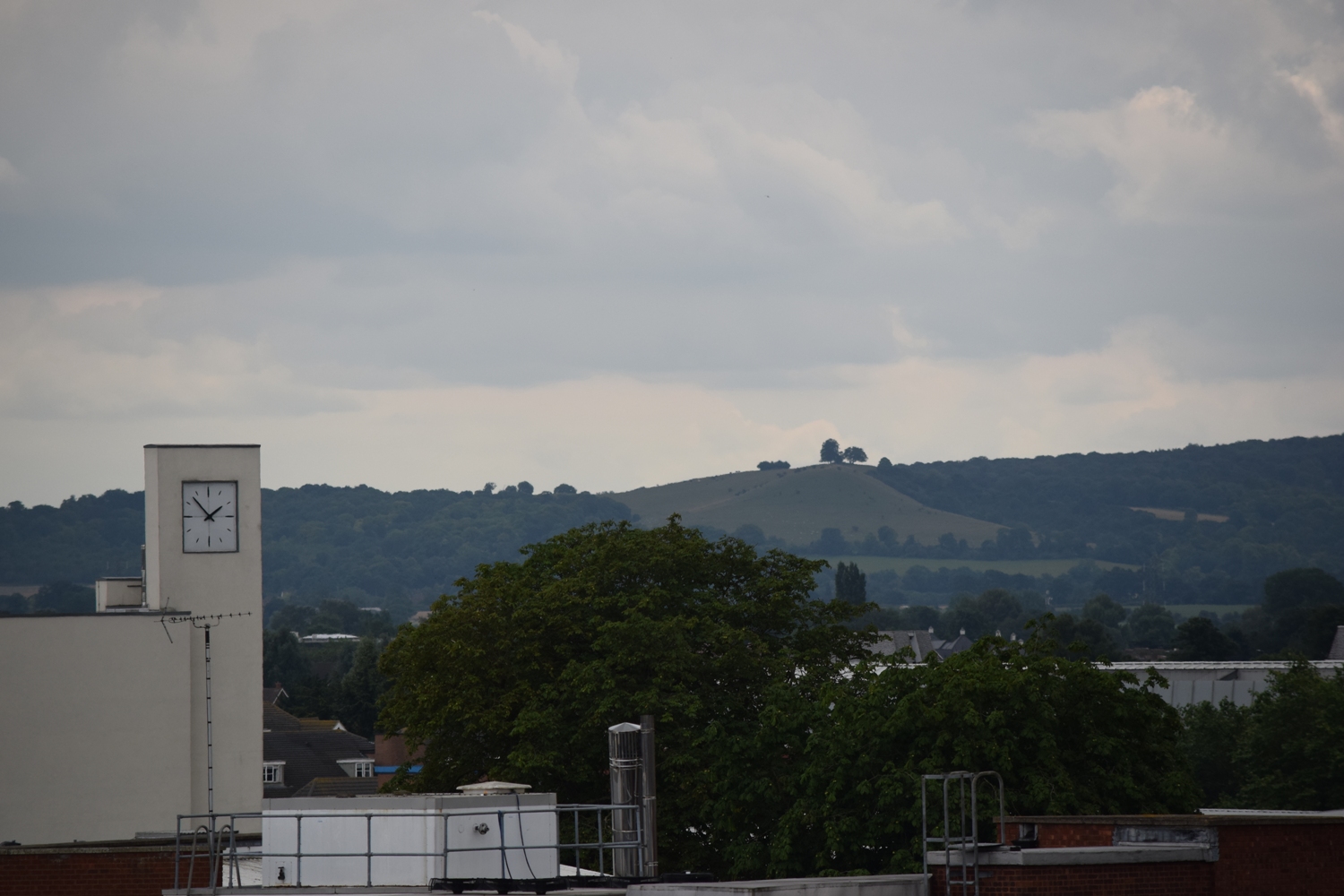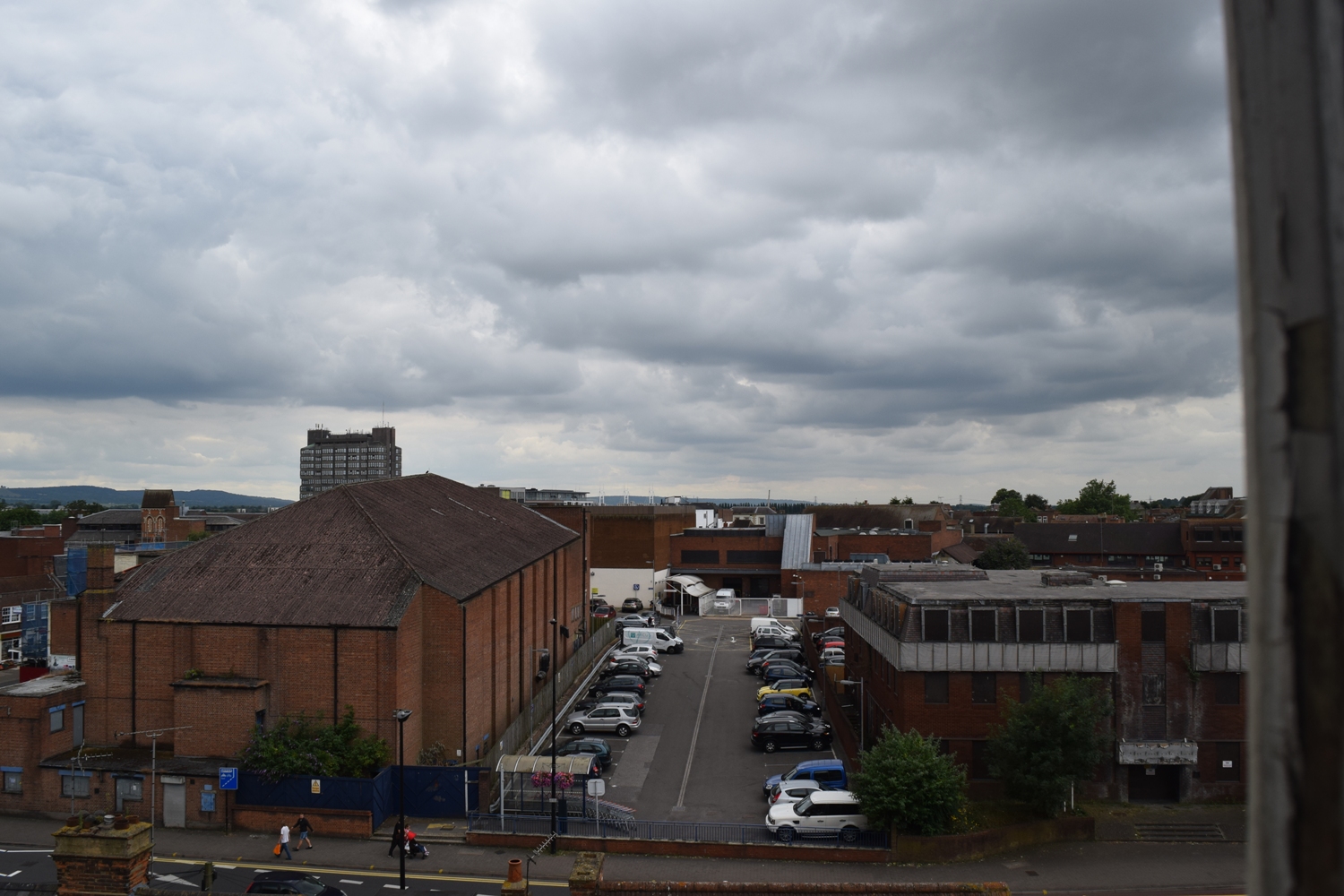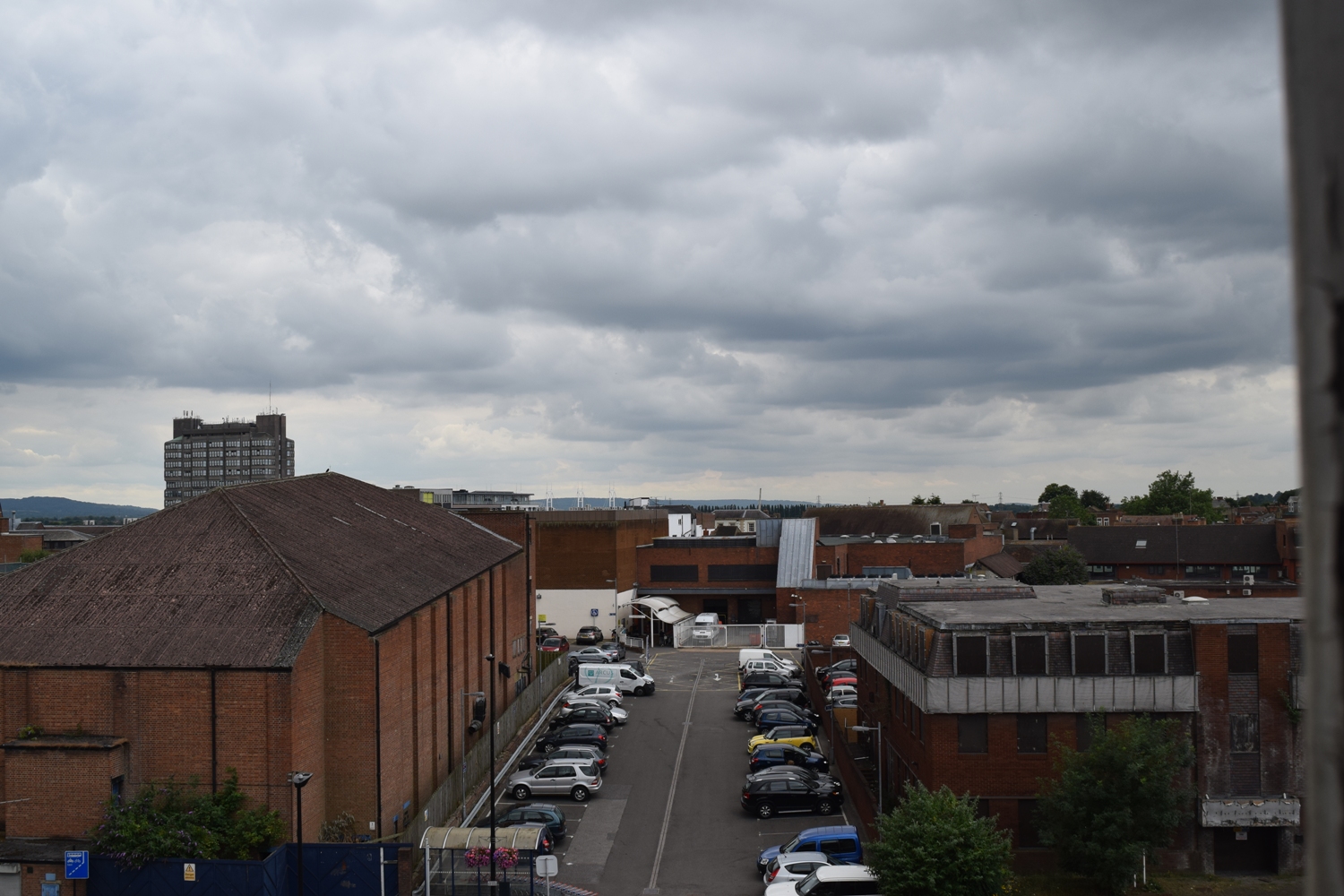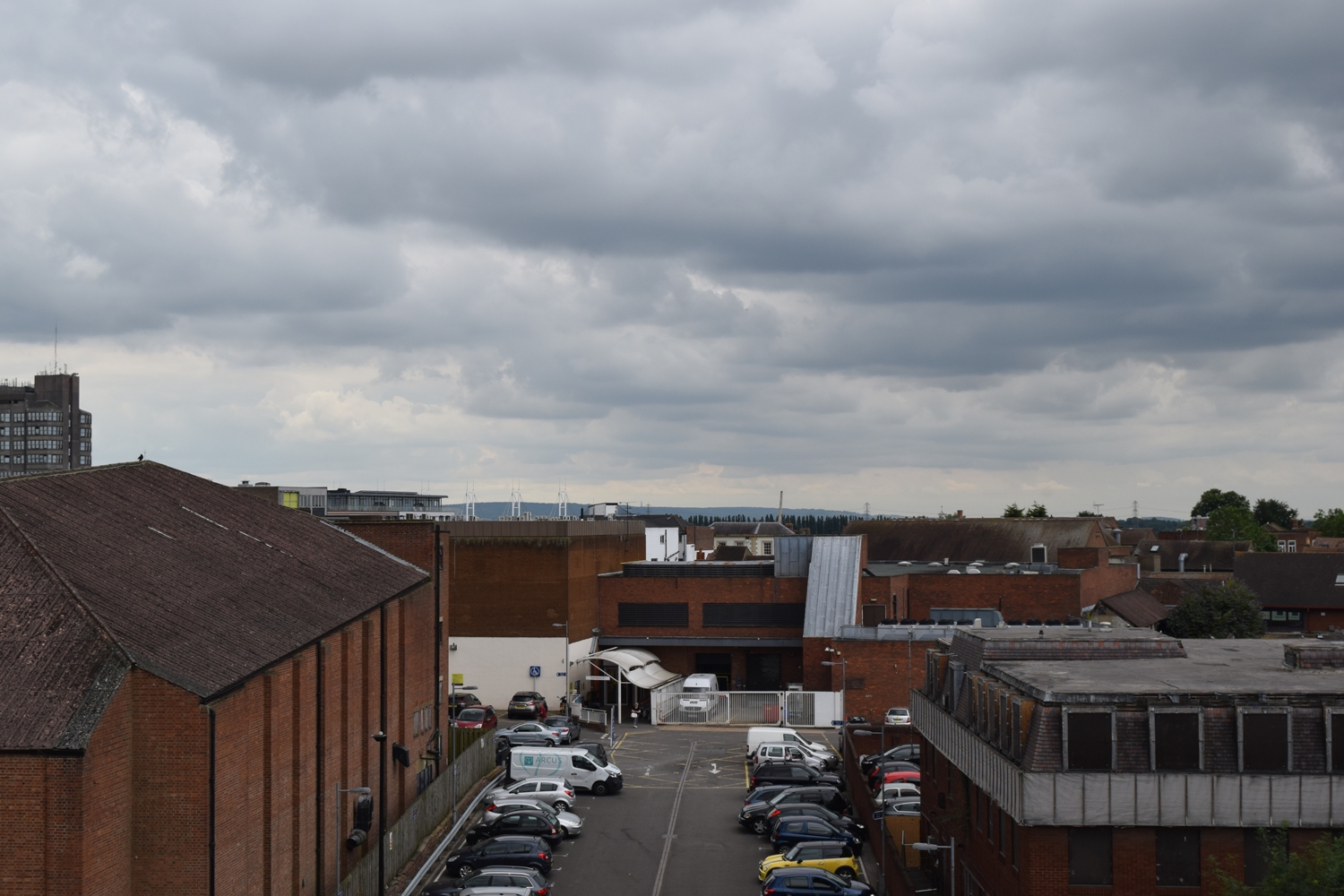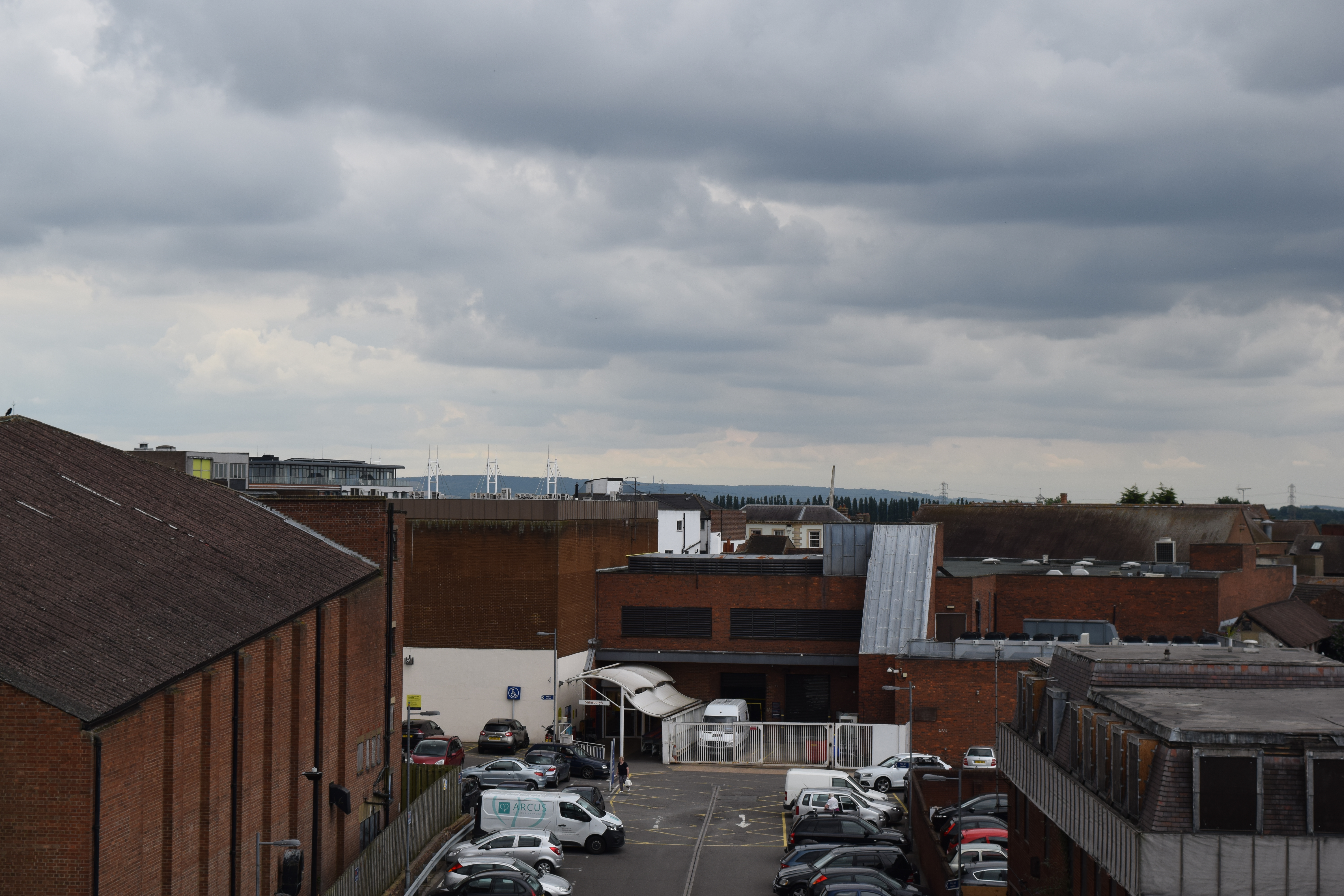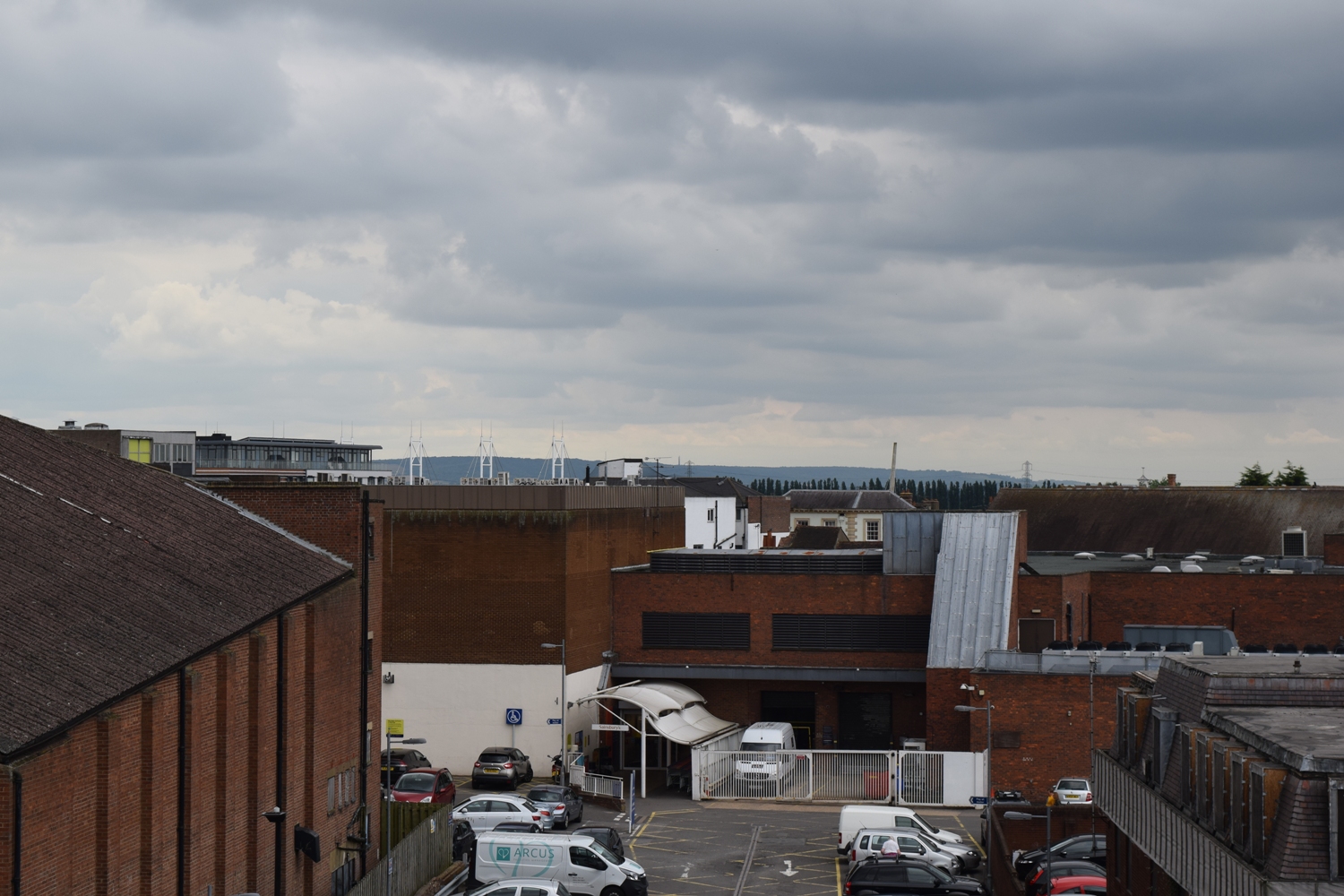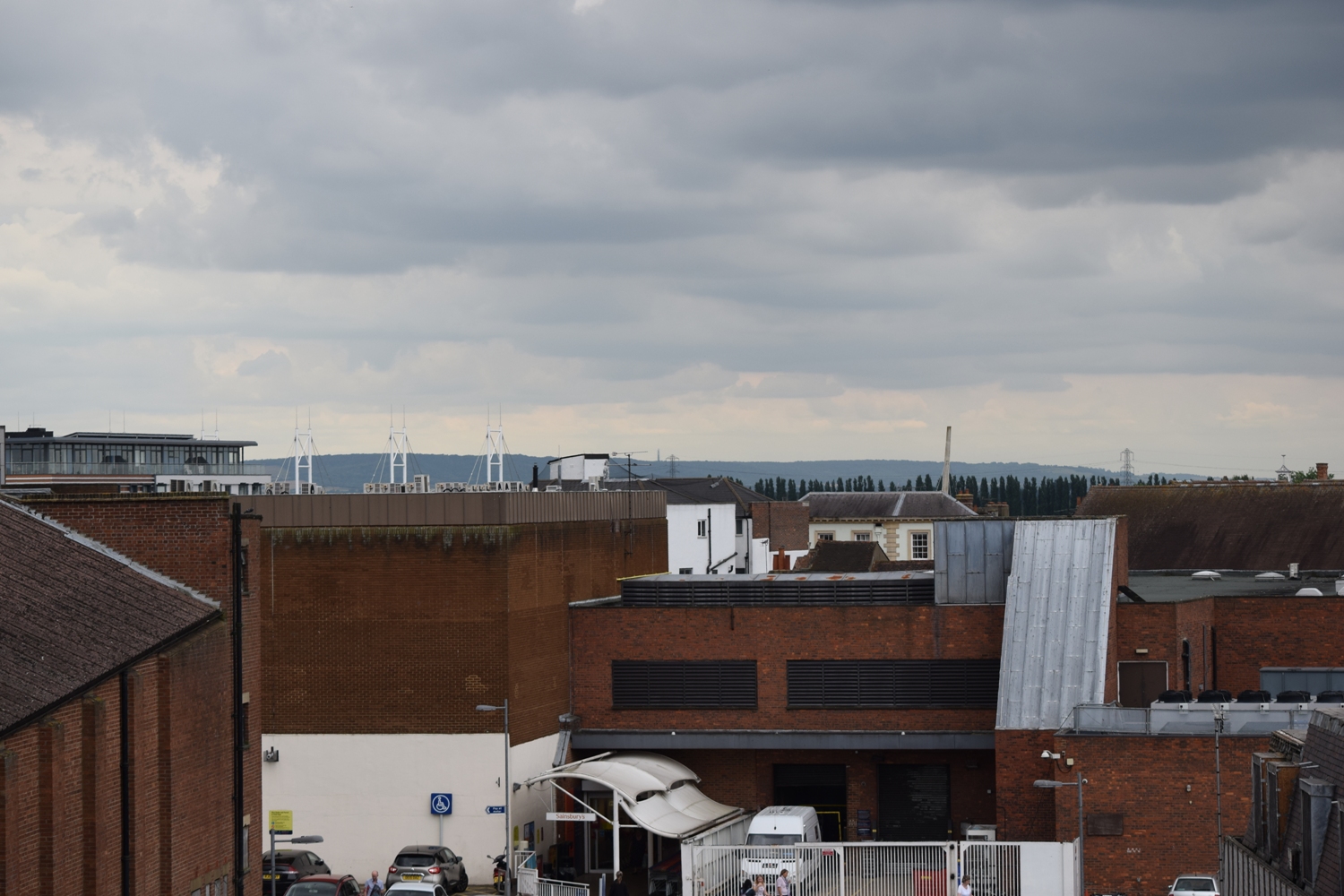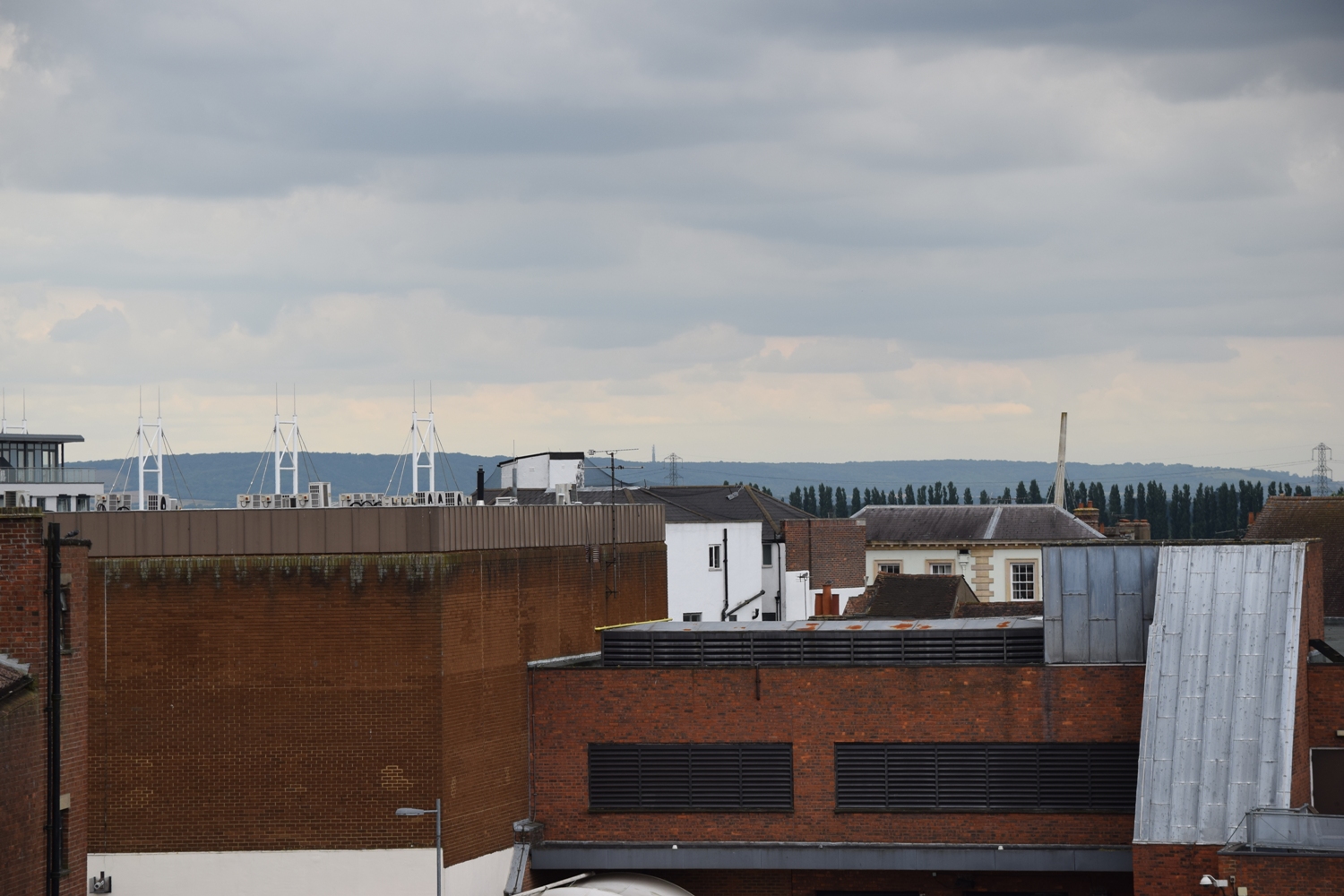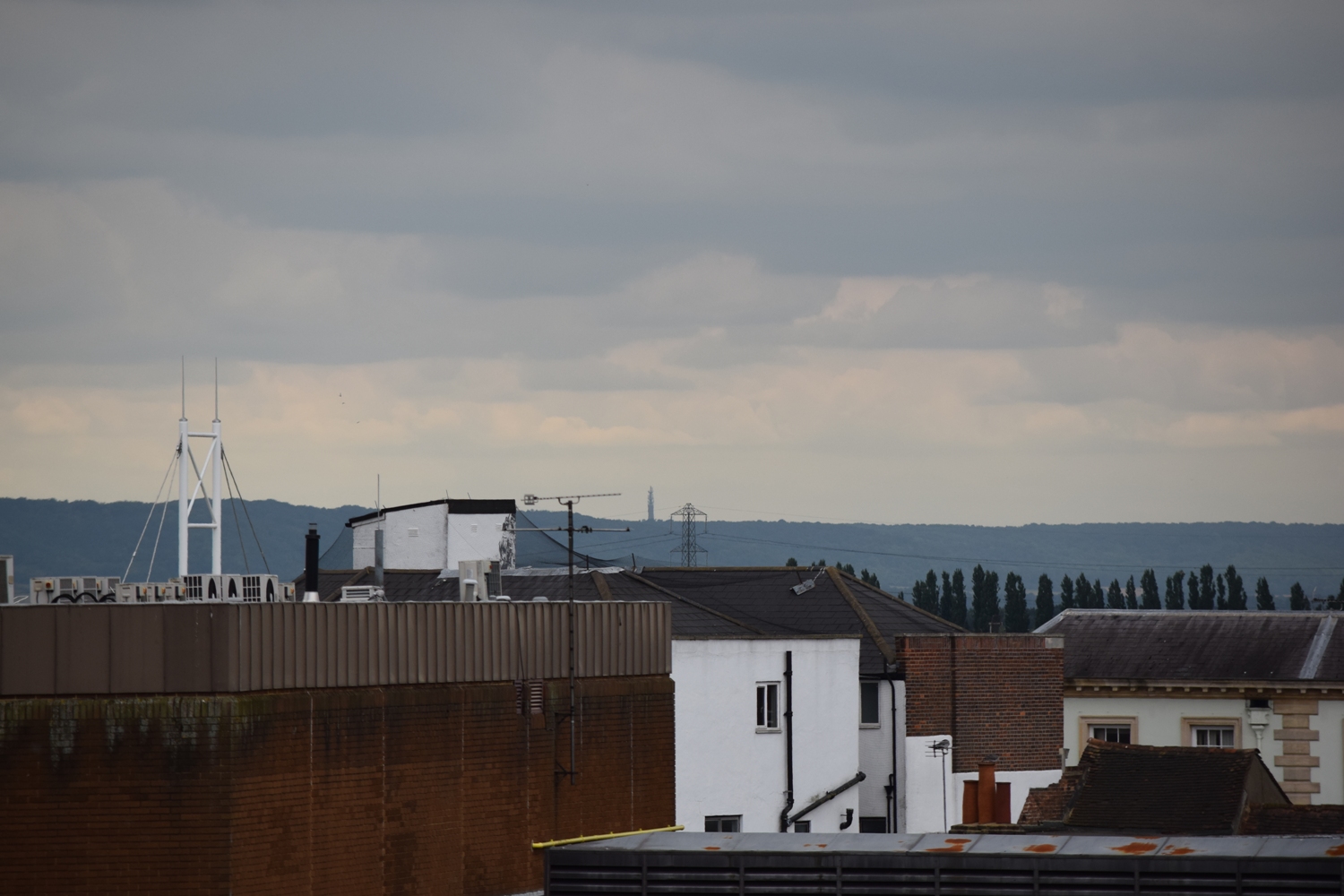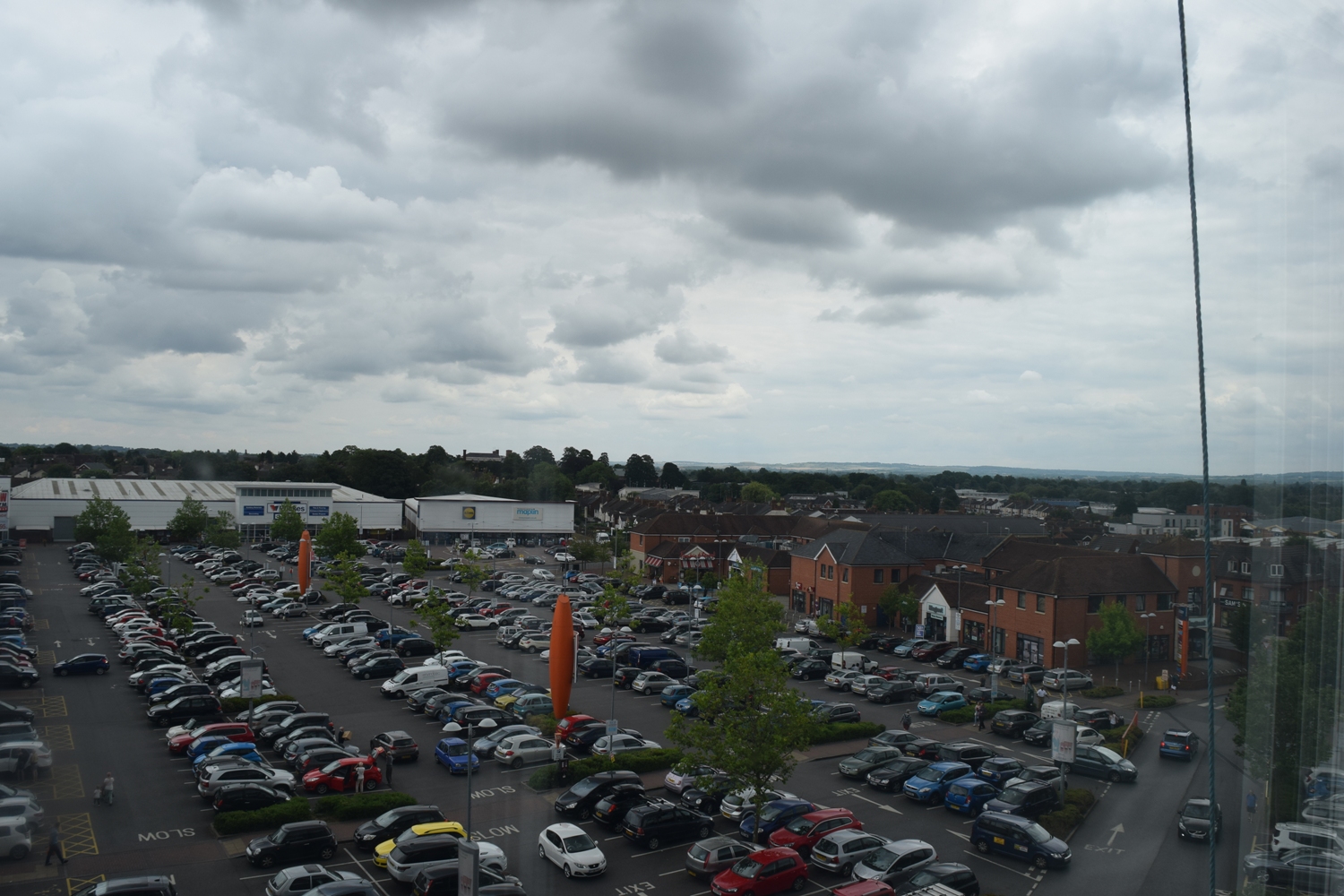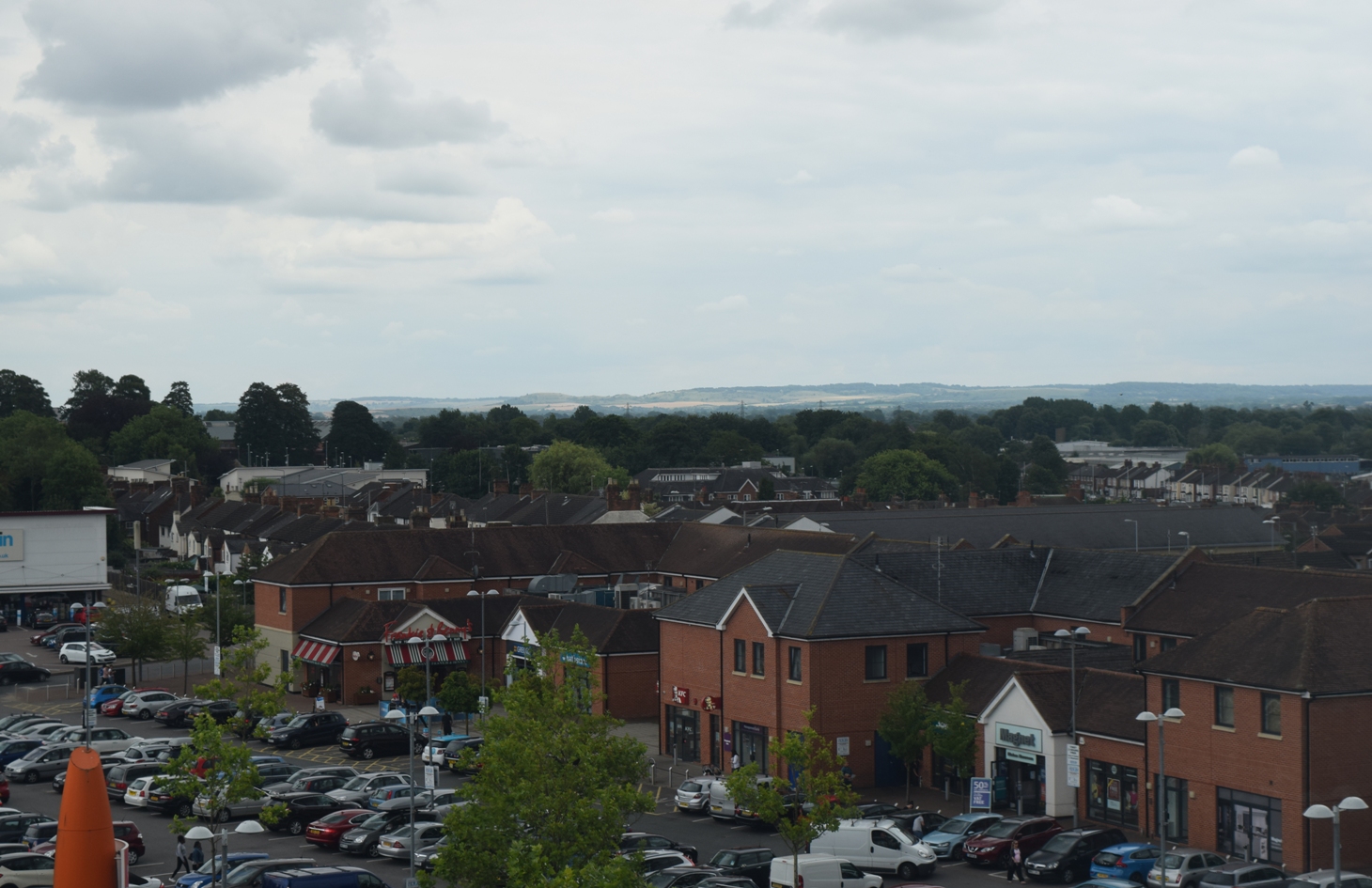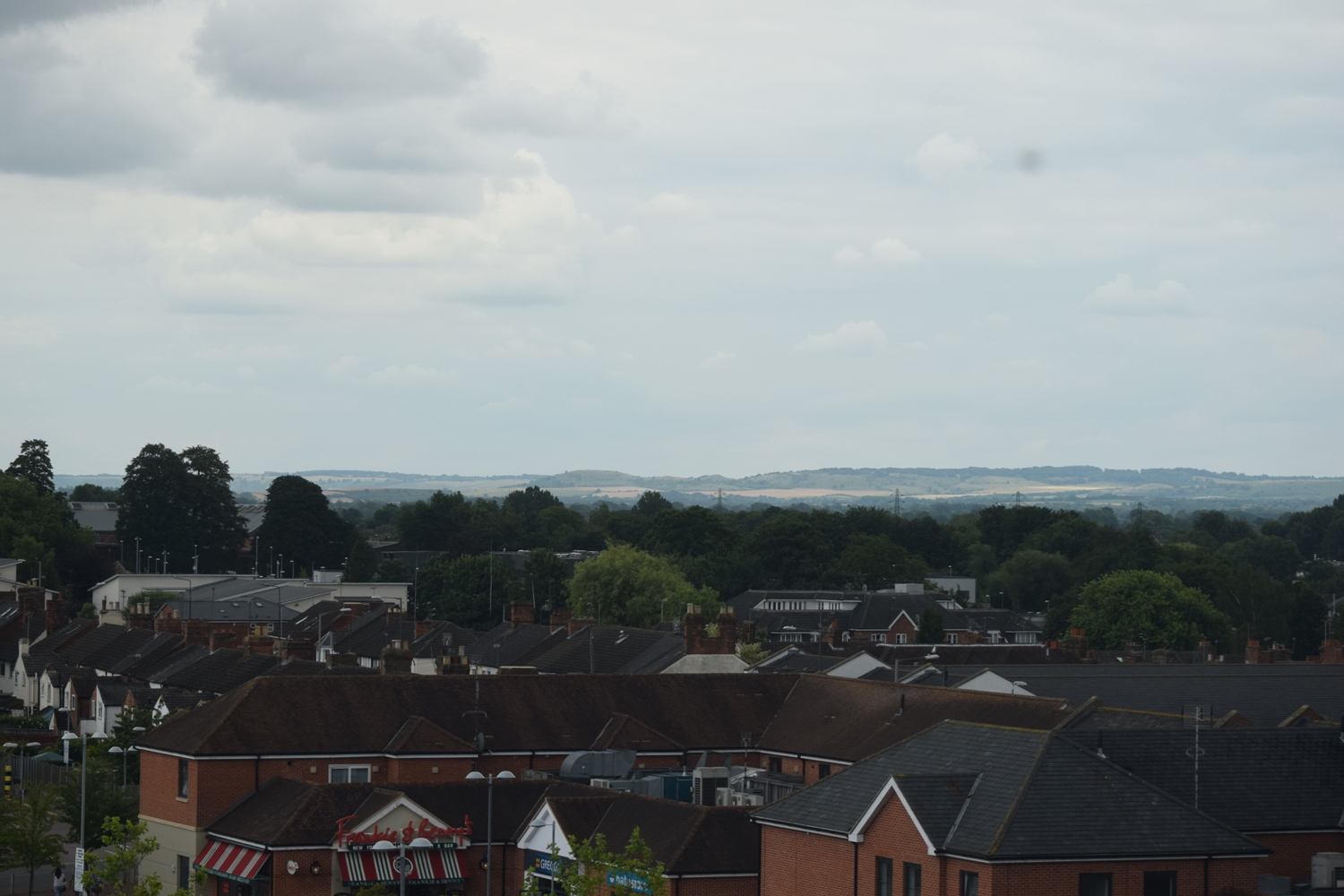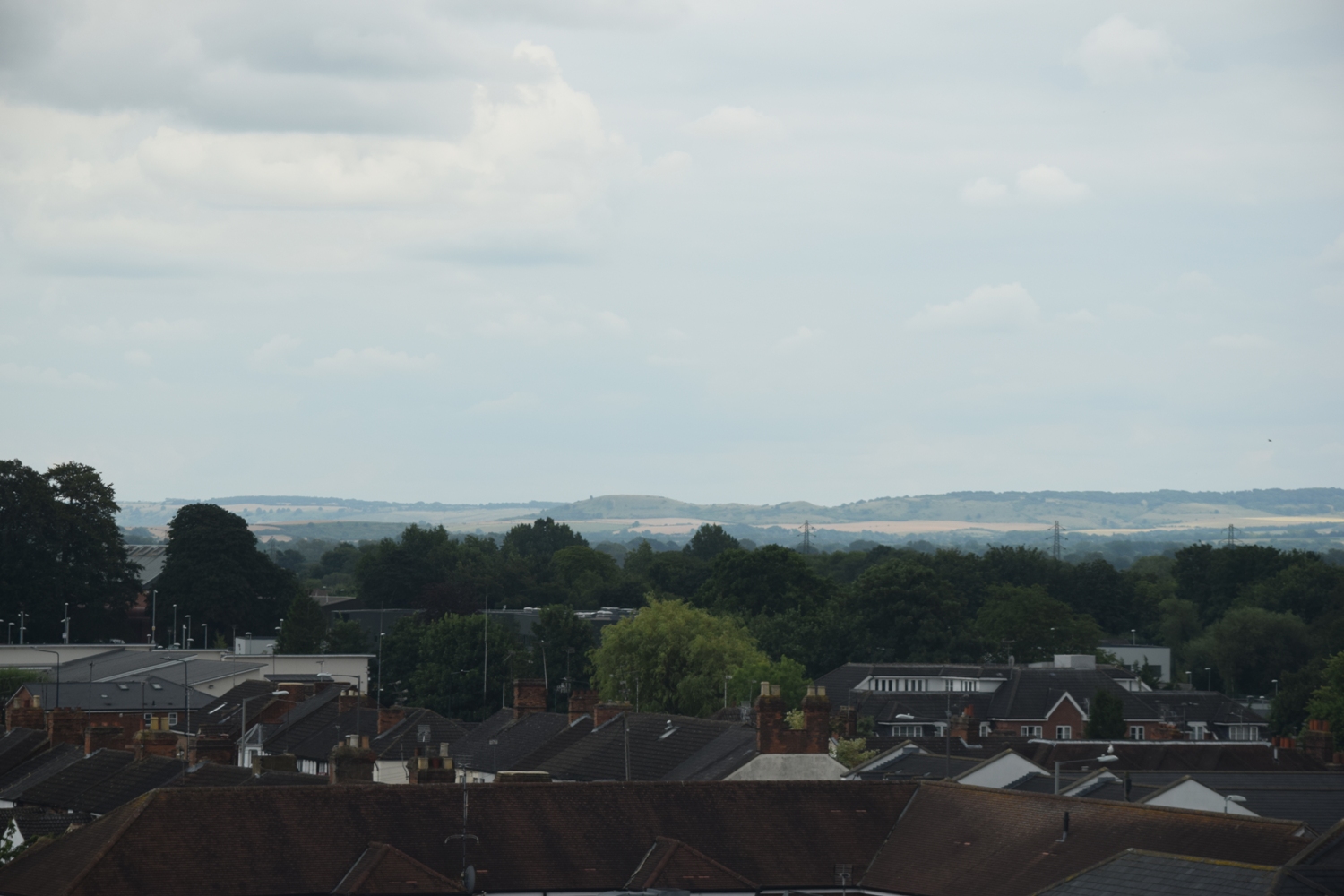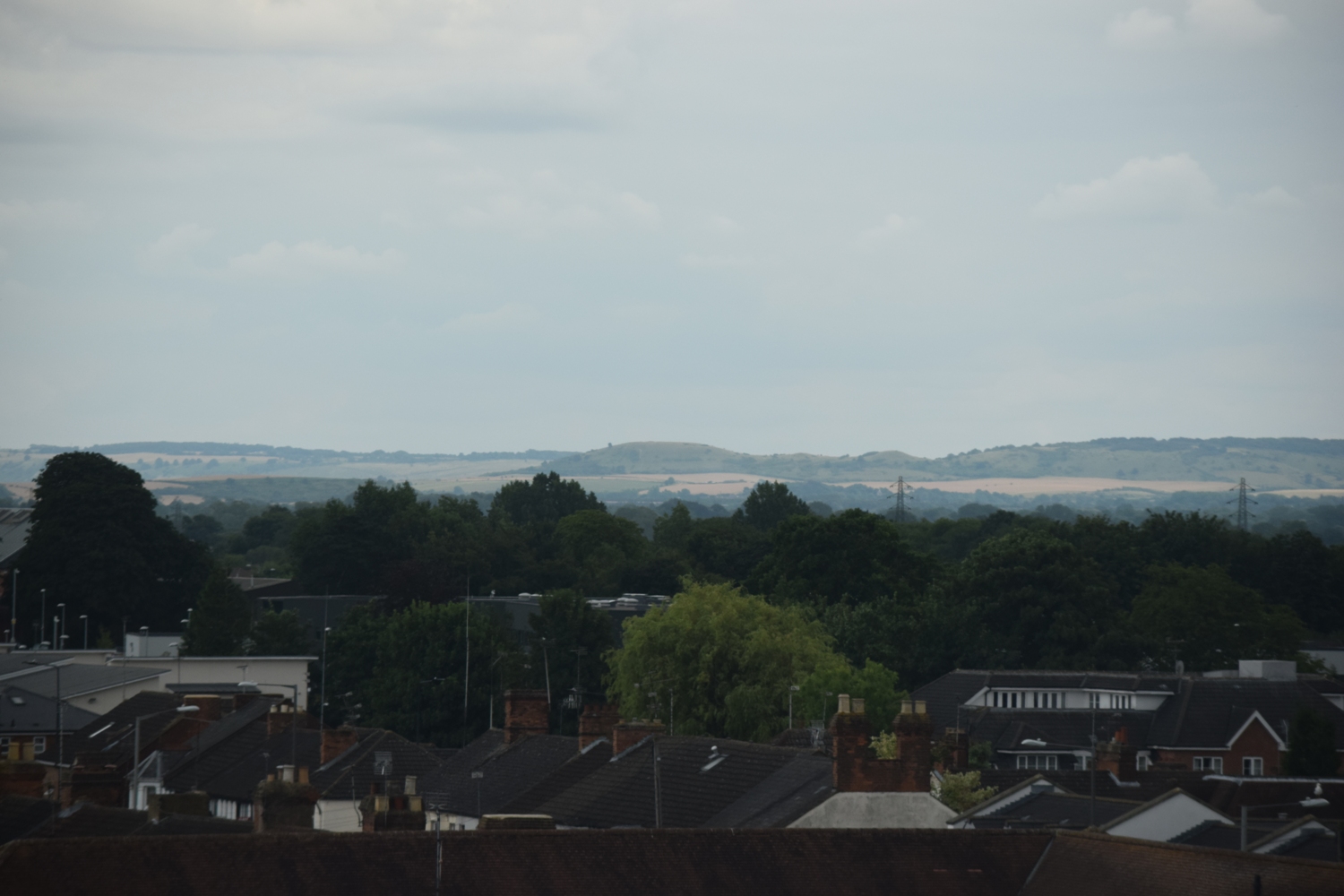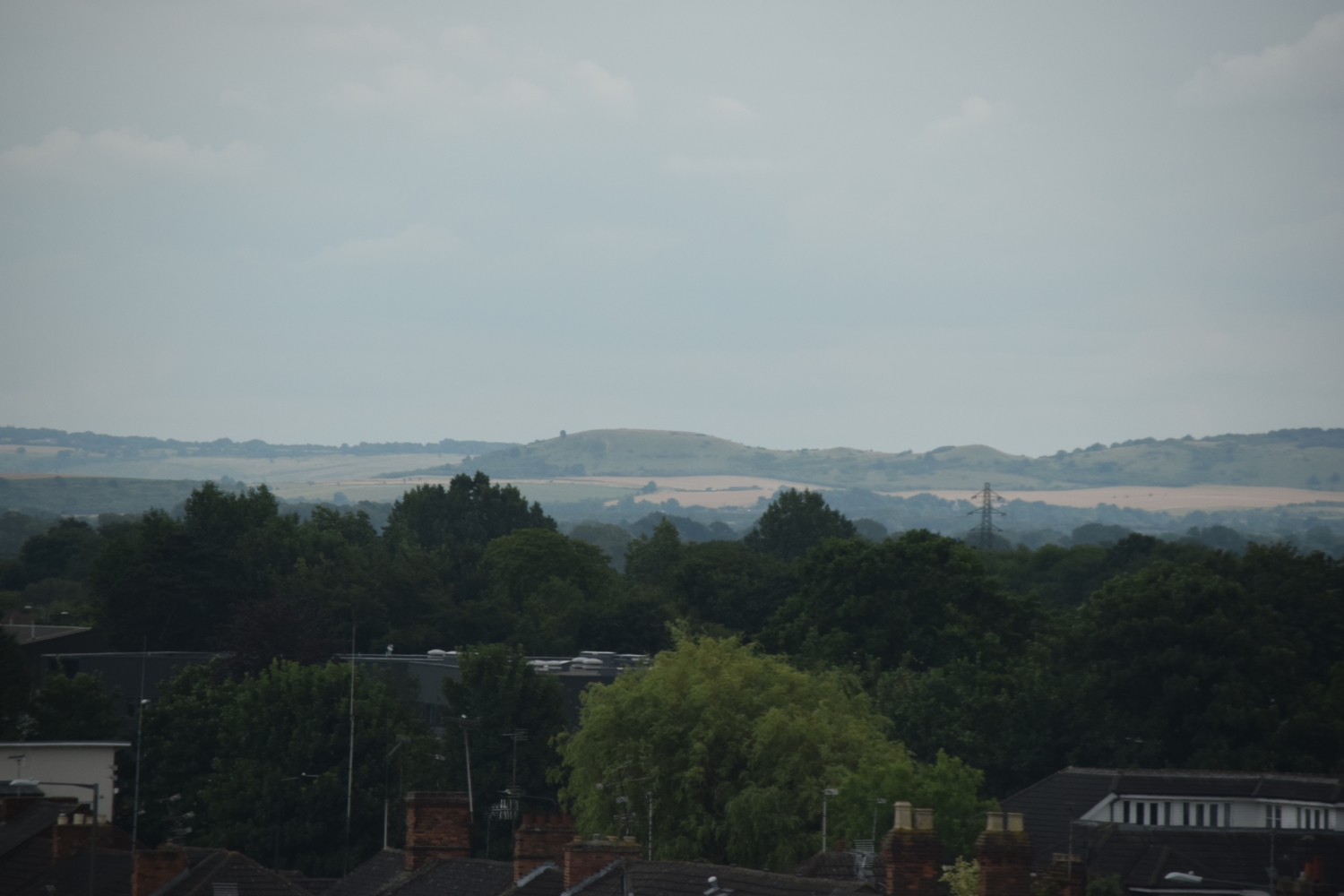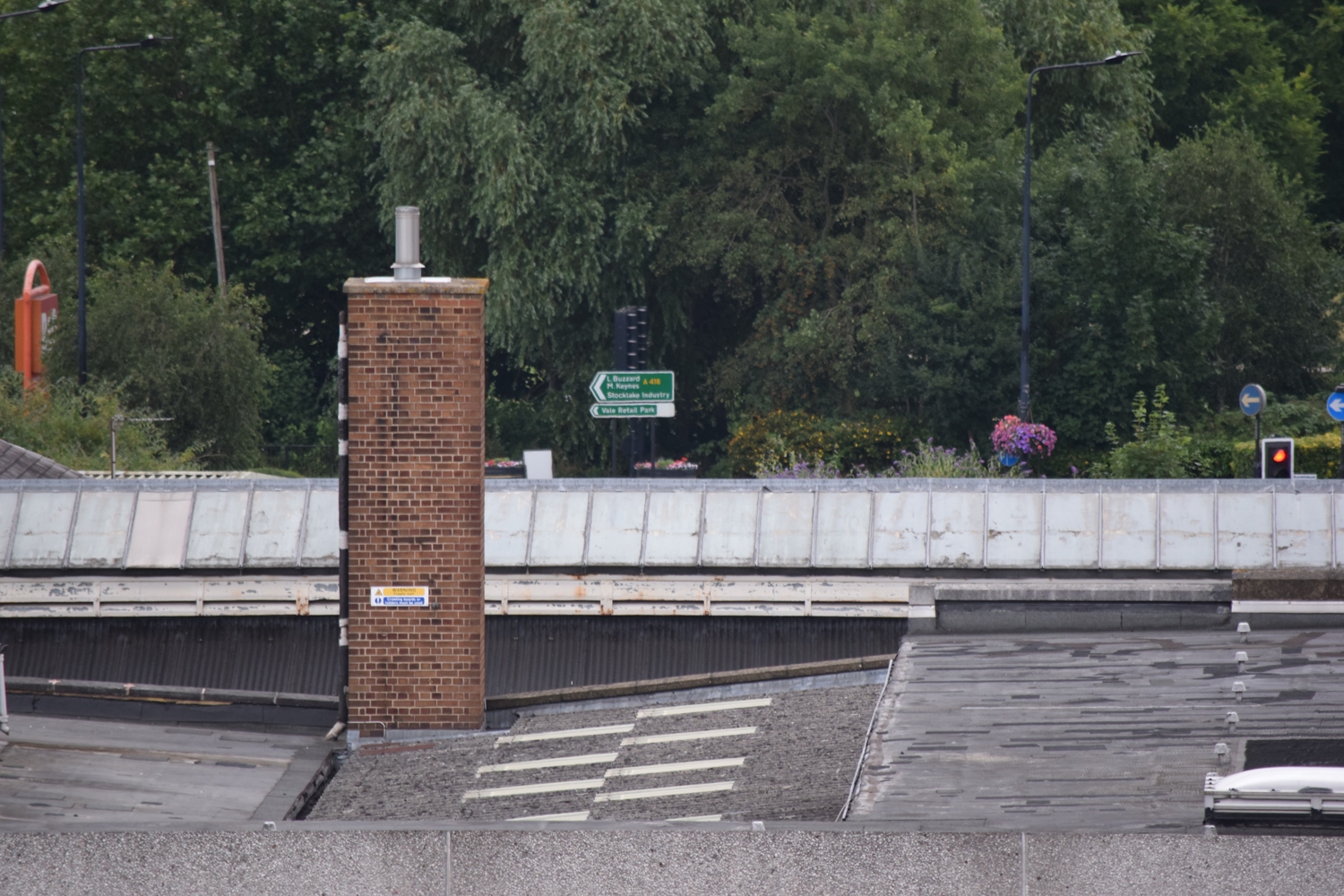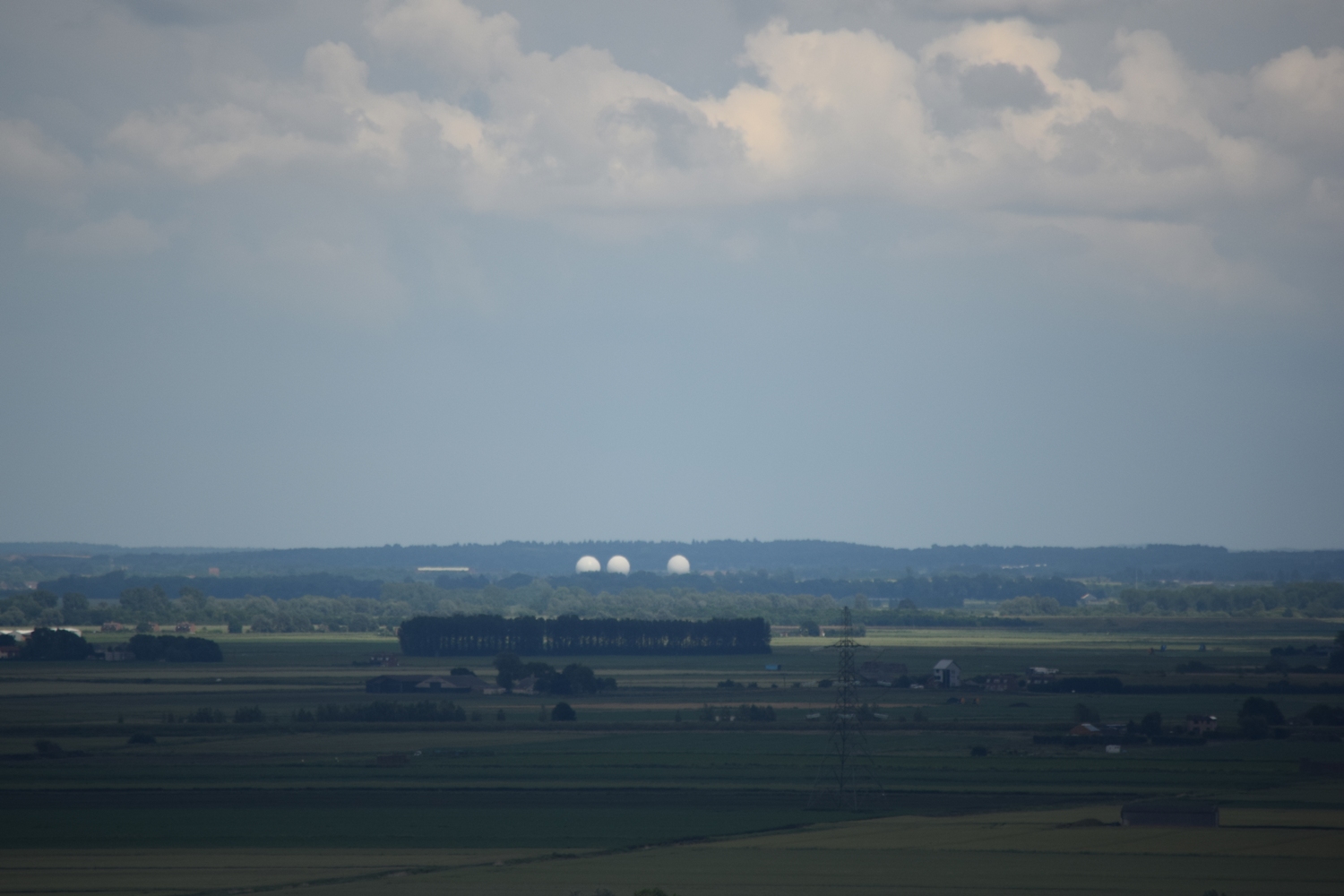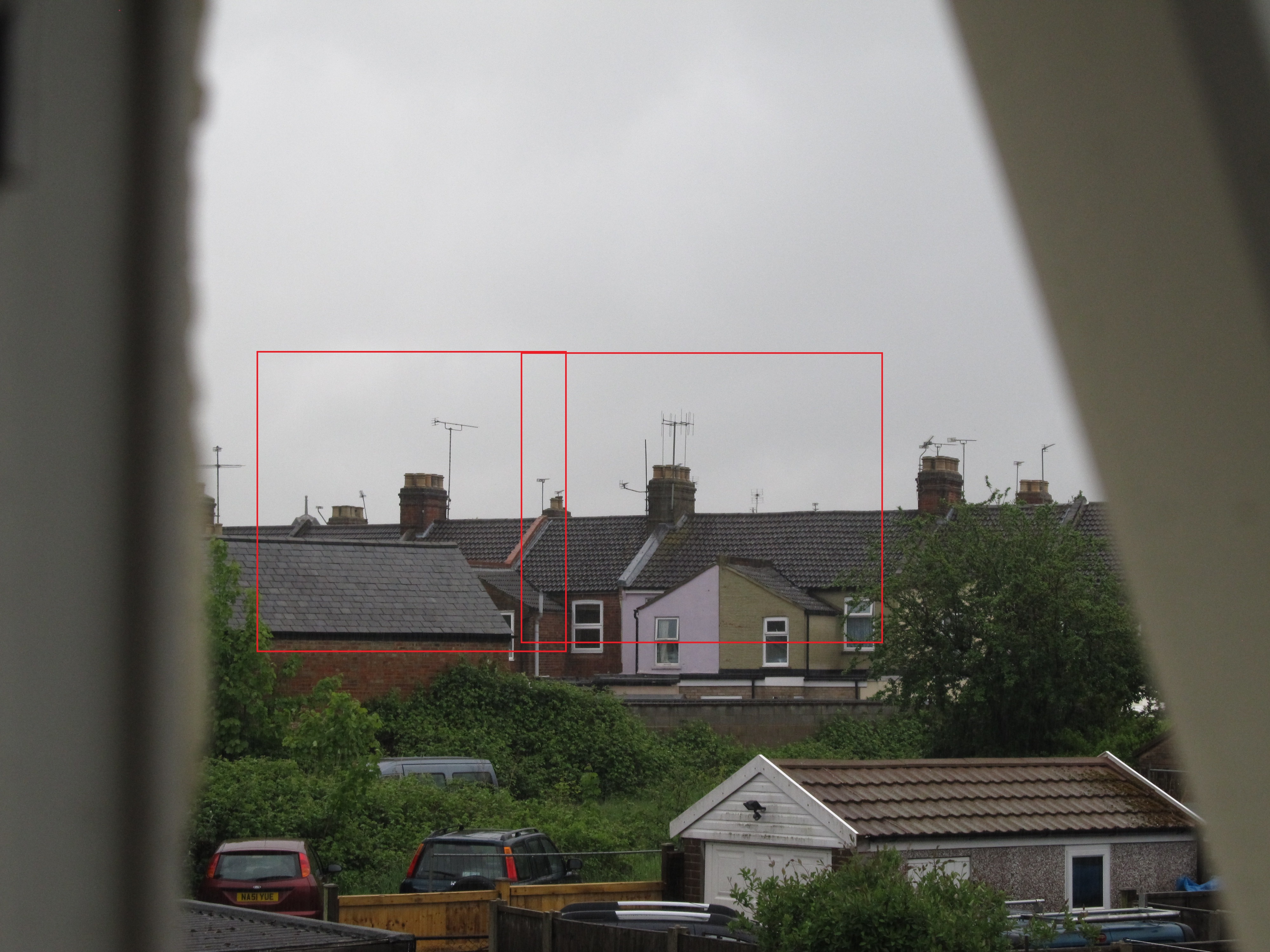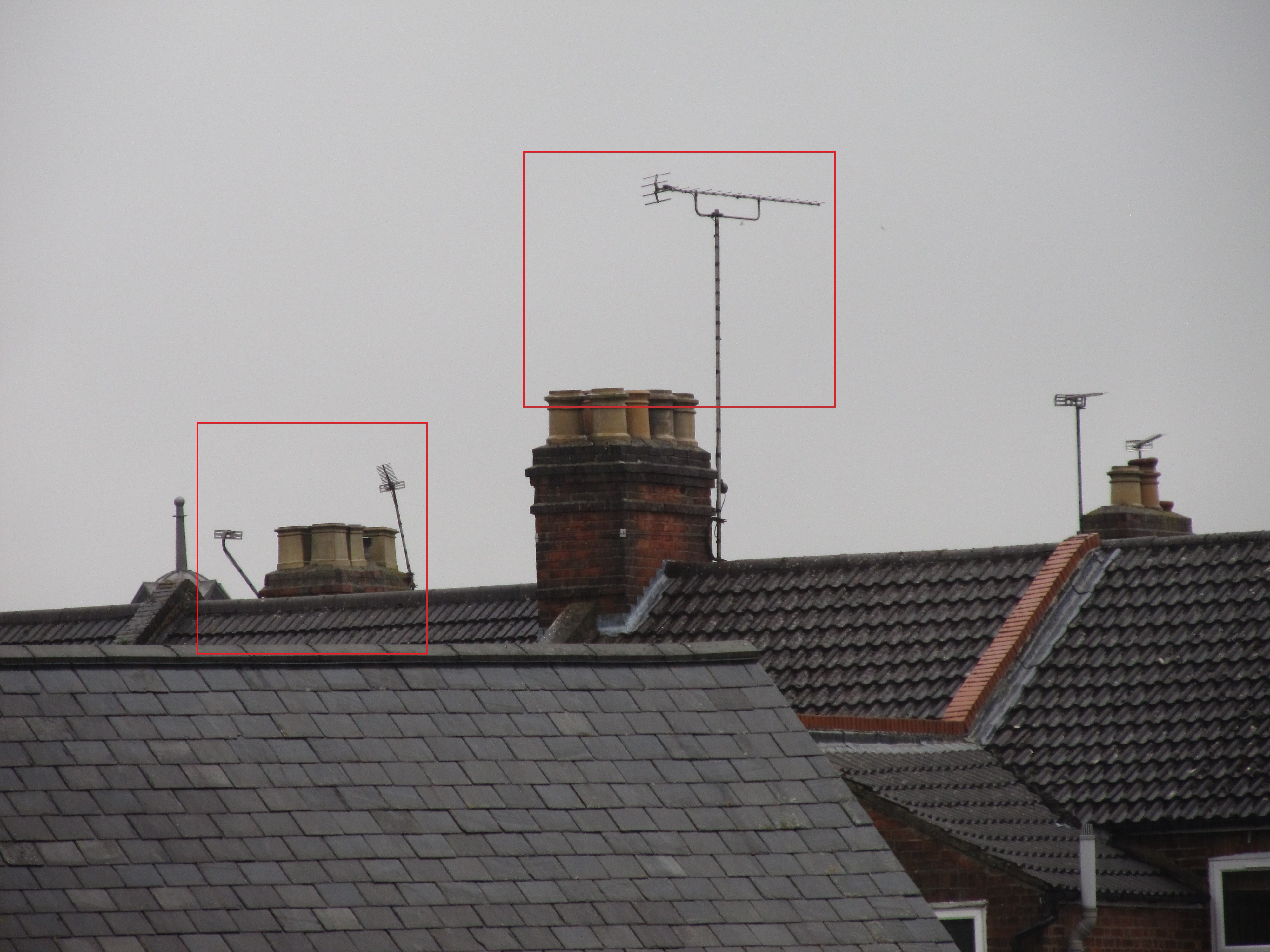The Nikon AF-S DX Nikkor 55-300mm f/4.5-5.6G ED VR is a telephoto zoom lens designed to complete the 18-55mm kit zoom, that comes bundled with many Nikon DSLR cameras. In this article, I used some 18-55mm photo compilations to compare how it works all together in the 18-300mm range. The Nikkor 55-300mm VR lens features a built-in auto-focus motor, Vibration Reduction, and other things handy in taking photos. The formula comprises 17 lens elements arranged in 11 groups, including 2ED glass elements and one high-refractive-index element. The zoom lens is quite heavy (529g), but is still fairly lightweight for a 5.5x zoom lens.
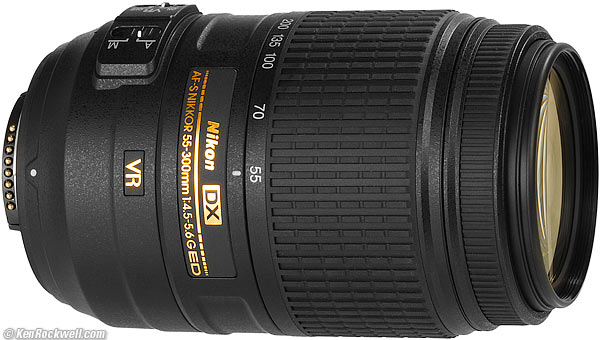
Build quality is pretty decent for a consumer zoom. In general, the outer parts are plastic, which contributes to being relatively lightweight. The Lens mount is made of metal. Optical elements are made of high-grade glass.
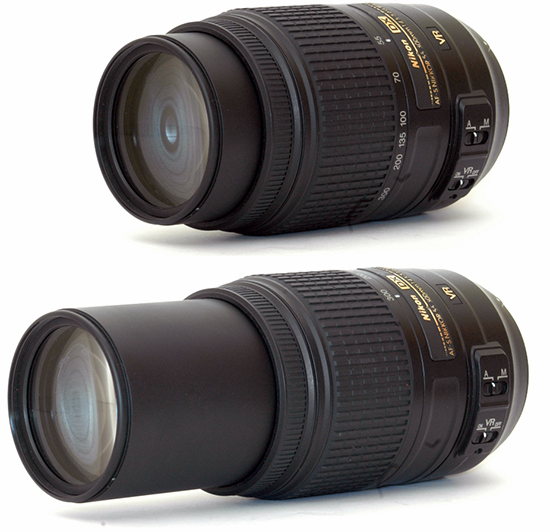
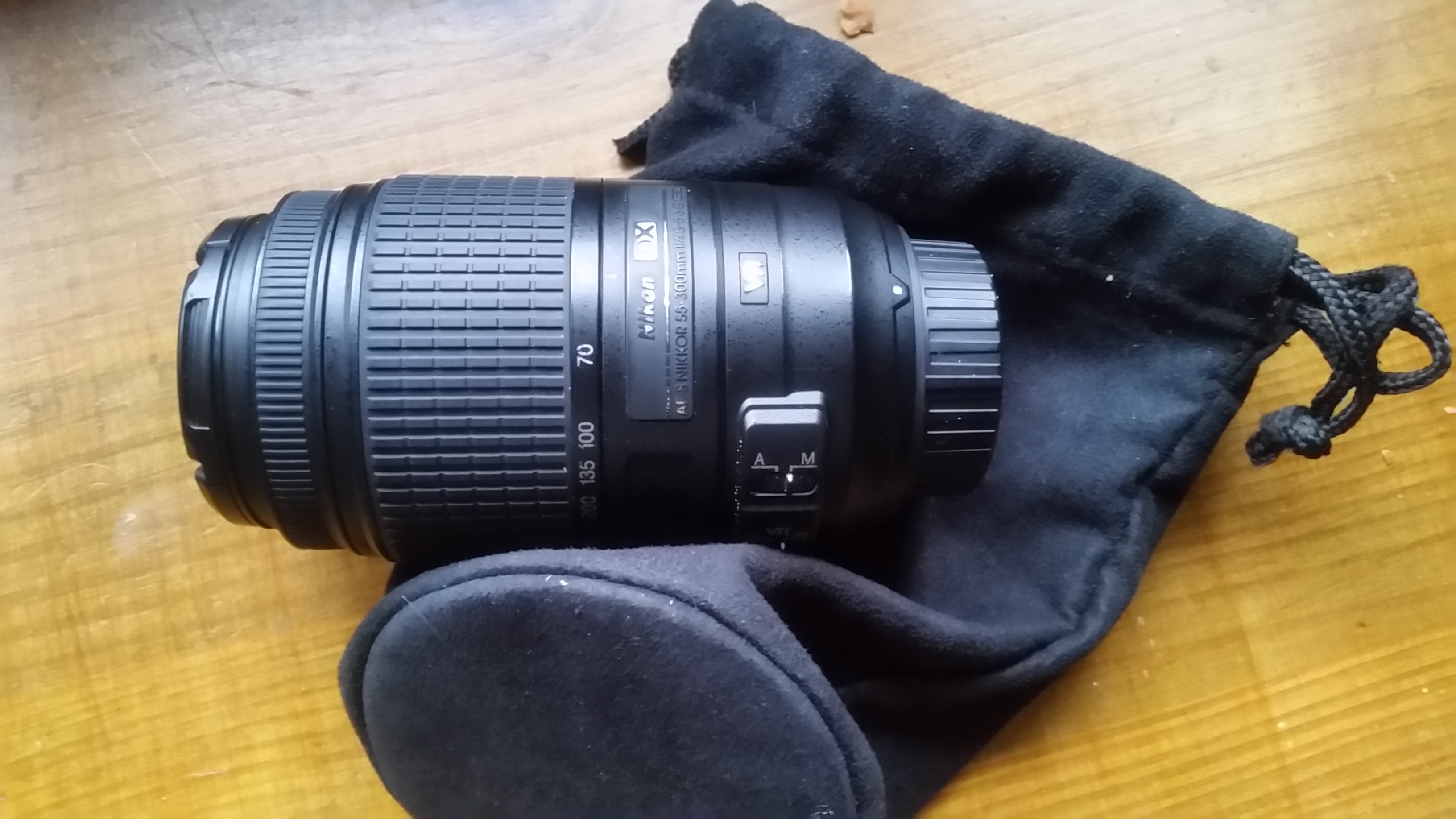
I took a few photo compilations with Nikkor 55-300mm using basically 55mm, 70mm, 100mm, 135mm, 200mm, and 300mm for each other. I am not really going to elaborate on the technical features, because that information you can easily find in other blogs or websites (some of them are linked below). One thing, which is worth attention to just before you start using the Nikkor 55-300mm F4.5-5.6G ED VR is the controls situated on side of the lens. One of them is Vibration Reduction (VR) with an on-off switch. There is no choice between active and normal modes. Likewise, the lens has a built-in auto-focus motor that allows AF operations on every Nikon DX camera body. Unfortunately focusing is not internal and manual focusing is not possible when your mode selector is set to the ‘A’ position (Pic. 4). Moreover, the lens has no distance scale and no focus limiter, either.
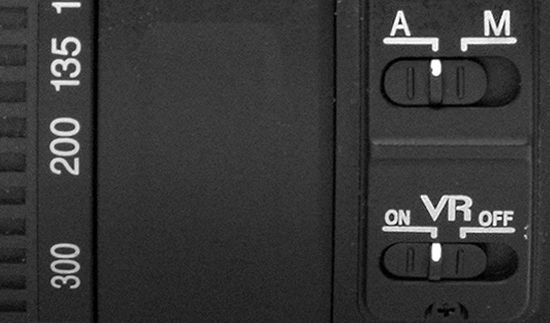
The AF-S Nikkor 55-300mm f4.5-5.6 lens has a very narrow focus ring located in front of the much wider zoom ring. Regrettably, the AF is surprisingly slow. This isn’t particularly bothersome if you are photographing stationary subjects, but can pose difficulties when you are trying to shoot sports, panoramas, or some not-clear remote objects. I have my own solution for this, which arises out of long usage. When you want to capture some remote and not clearly visible objects and you expect that some problems may occur with your AF, set your auto-focus to another, more visible object and then switch to manual mode. Finally, you can capture your desired remote object. Another way you can try to set your AF is as long as you won’t see the dark squares close to your goal.
Let’s see my own test of this zoom lens. As I mentioned above I bracketed all photos in order from the shortest 55mm mainly through 70mm, 100mm, 135mm, and 200mm to the longest 300mm lens. I prepared the images of the landscape in different conditions: through the double window glass, with AV, closed objects, and remote objects.

For each aforementioned photo, I prepared a cropped picture also to see the details.

Below you can find the remote object photos bracketed in the same 55-300mm range, however, I bundled it with an 18-55mm range also to make a full comparison between basic D5300 kit lens AF-S DX Nikkor 18-55mm F 3.5-5.6 and its extension Nikon AF-S Nikkor F 4.5-5.6G ED VR.
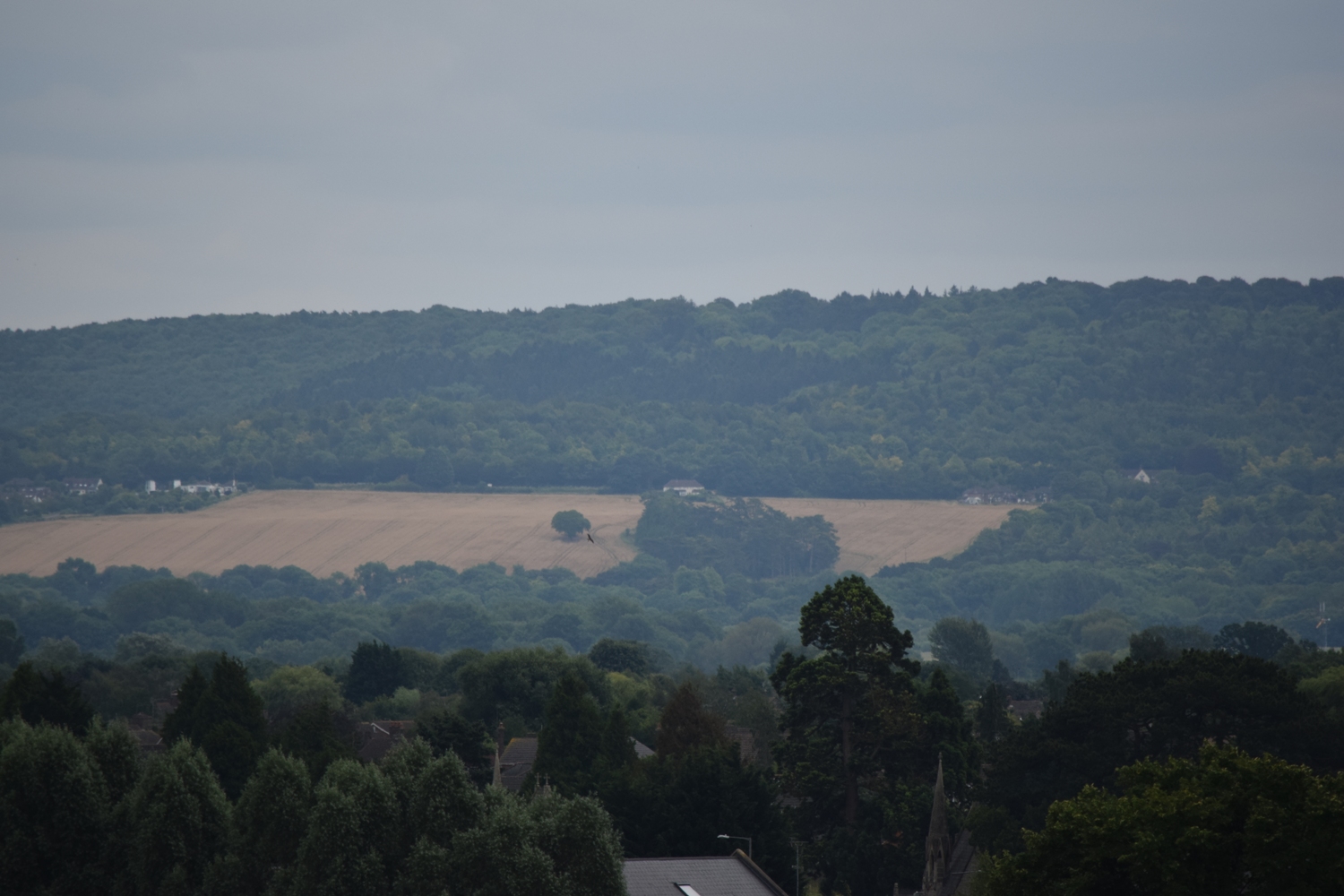
See also cropped pictures below:
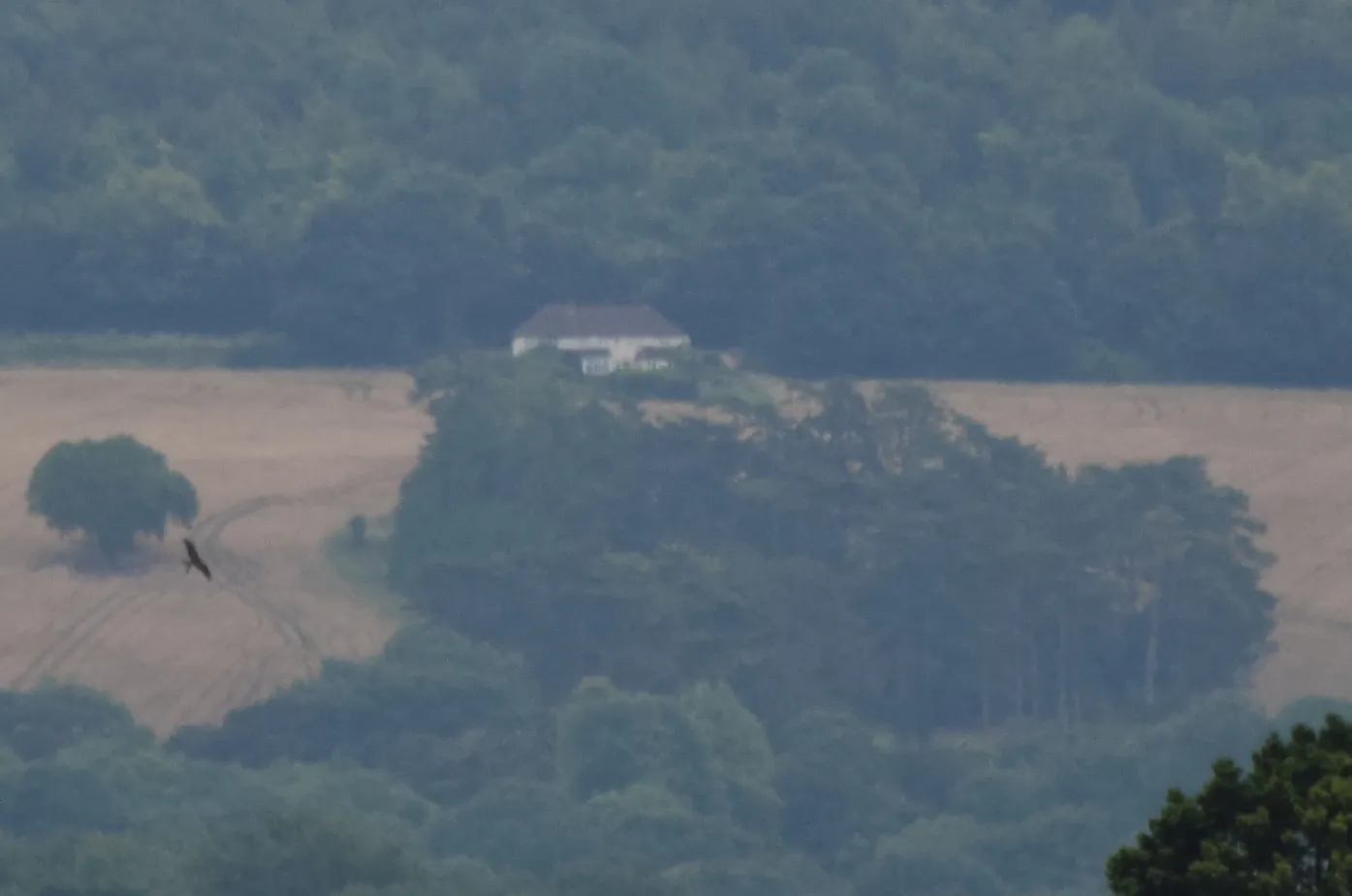
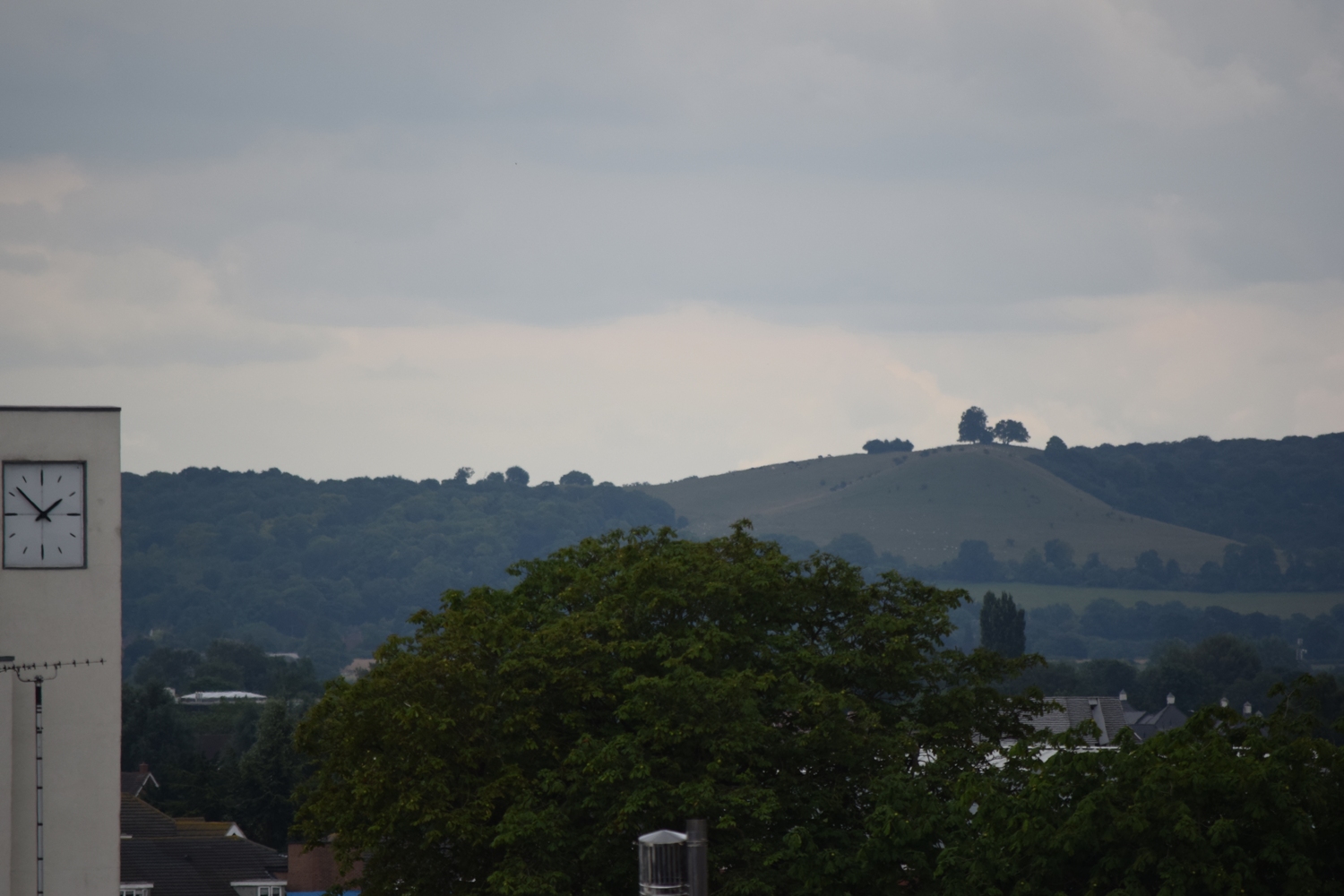
Traditionally I bracketed cropped pictures below. The details of the 55-300mm photos are amazing!

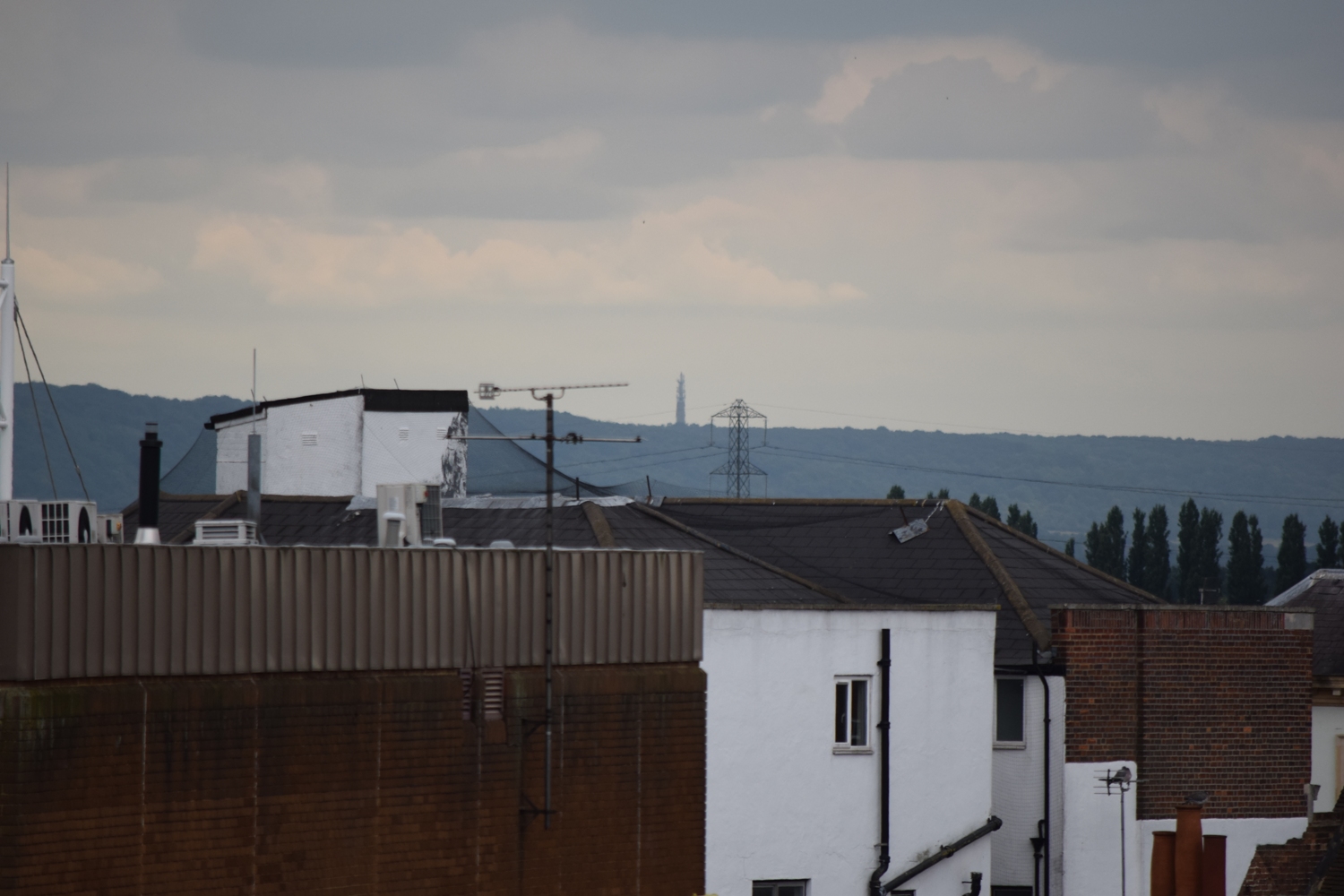
As you can see above in the case of very far objects is hard to recognize them in the picture. You are able to see the object in the images captured with a 100mm lens or more. In this case, cropping the picture will be very handy for you especially when you want to share your remote object captured in the small-size photo, like below.
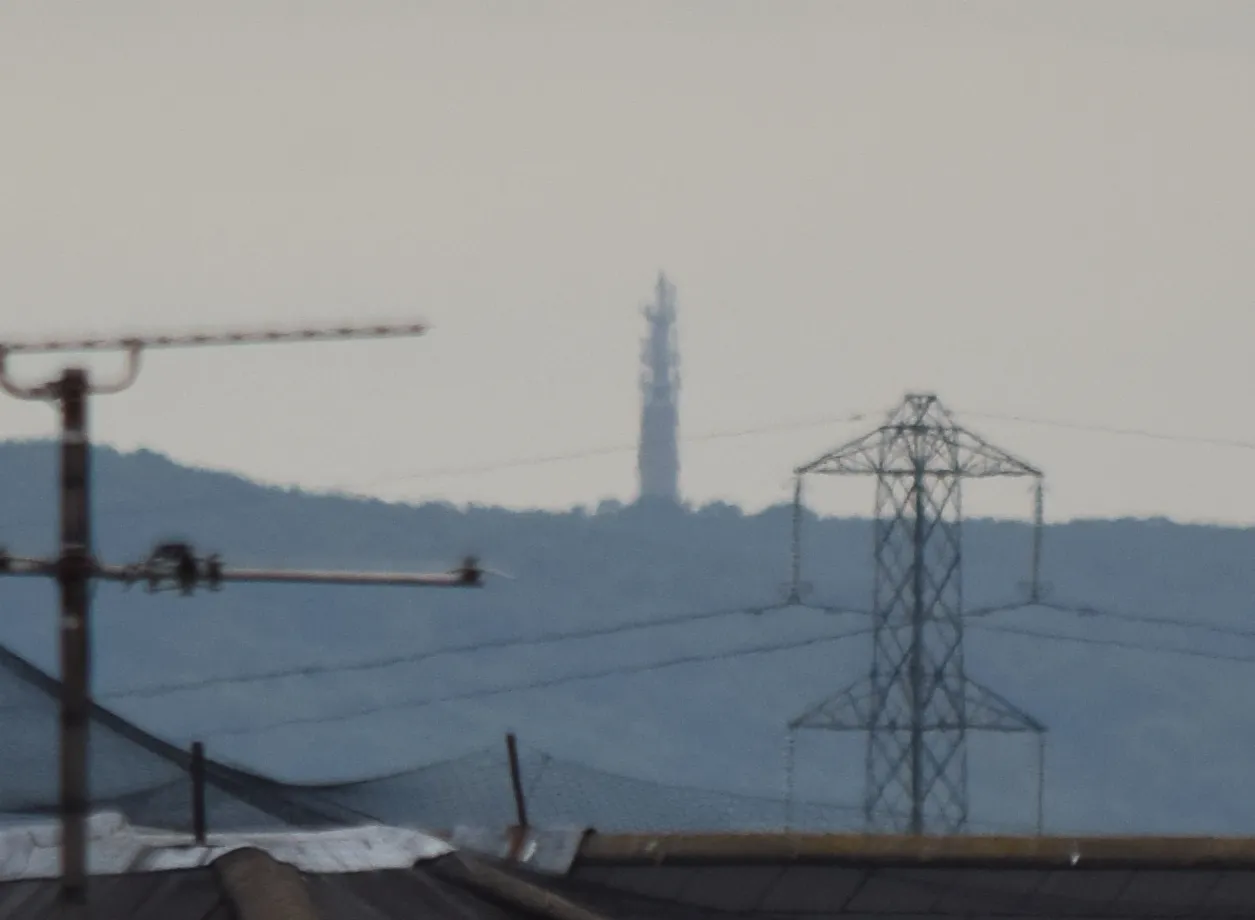
When you are taking pictures through the pone of glass, the situation isn’t really nice. As long as you will use a short zoom lens, provided by kit lens AF-S DX Nikkor 18-55mm f 3.5-5.6G ED everything will work fine. When you will start using Nikon AF-S Nikkor 55-300mm F4.5-5.6G ED to take photos through the glass they will be fuzzier as the focal length is longer.

As proof of the fuzzy images sees the cropped pictures below. All are framed into the Ivinghoe Beacon hill.
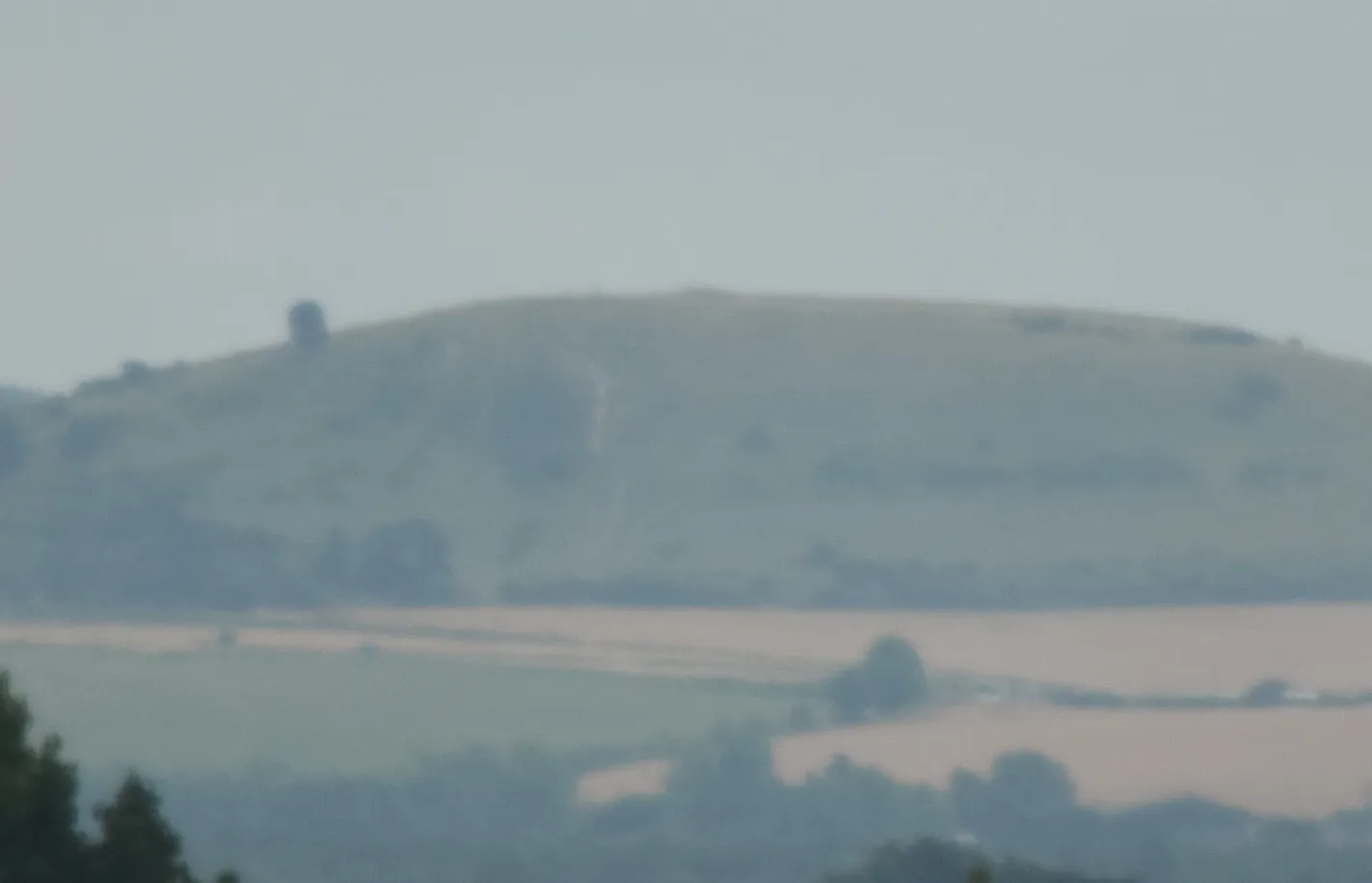
When you are taking pictures around the maximal lens like 300mm you may see chromatic aberration as purple or blue fringes along the contrasty edges. Thankfully they aren’t so much prominent. I think, that more annoying may be light fall-off, which is strongly enhanced with the lens set to its maximum aperture. See the examples of the pictures taken in the Nikon AF-S Nikkor 55-300mm F4.5-5.6G ED VR maximum zoom lens.




The most problematic thing, during your photography by the lens, is the sharpness. To be honest, as long as you are taking photos carefully without rush is fine, but quite often the Nikkor 55-300mm AF is fallible. I can assure you that until the 135mm lens your image will be completely fine. Above this value, you may have your photo a little bit fuzzy. It is better to use manual focus to shoot more sharp photos, but in the 200mm or 300mm, value is really hard to set the sharp level through a small viewfinder in your camera.
However when you are taking photos carefully, without a rush. You can receive very good quality of photos made by Nikkor 55-300mm, as per below.
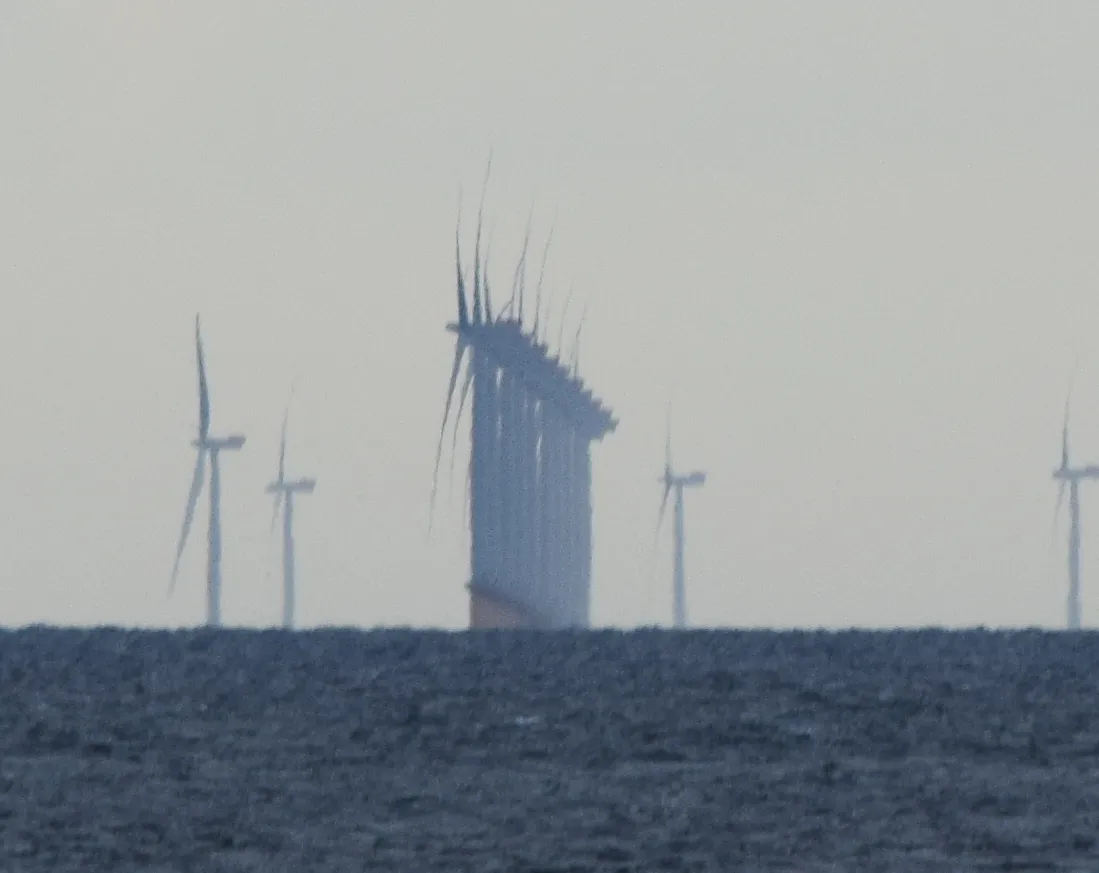
The last thing, which is worth raising is the zoom comparison between Nikkor 55-300mm and the compact camera Canon Powershot SX 130 IS. Maybe it is stupid, but I would like to show you the basic difference between zooming in a compact camera and zooming in the DSLR on the Nikkor 55-300mm example. Canon Powershot SX 130 IS features 12x zoom. The zoom-in DSLR is included in the lens. The Nikkor 18-55mm provides 3x zoom (simply 55mm divide by 18mm), although Nikkor 55-300mm may provide around 16,7x zoom for us (divide 300mm by 18mm – our baseline), so is slightly bigger than in Canon Powershot SX 130 IS compact camera. Moreover aforementioned Canon model has 12Mpx only when DSLR Nikon D5300 features 24Mpx. It should make a big difference in the zoom quality. Let’s check below.

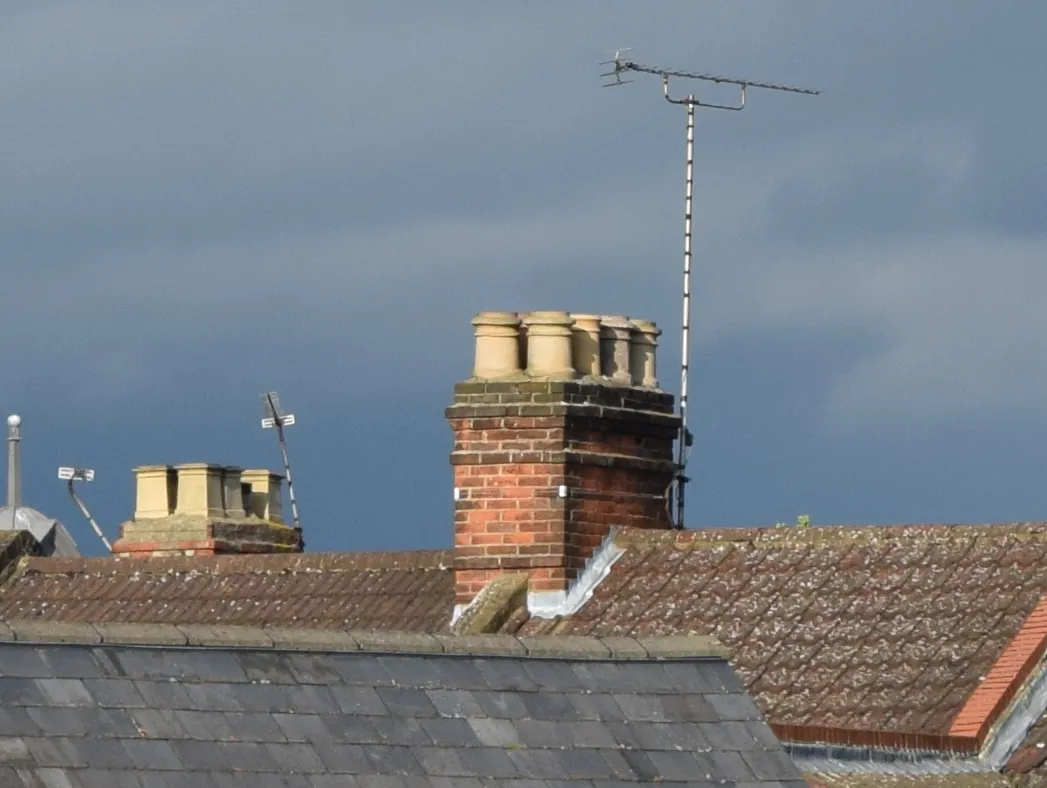
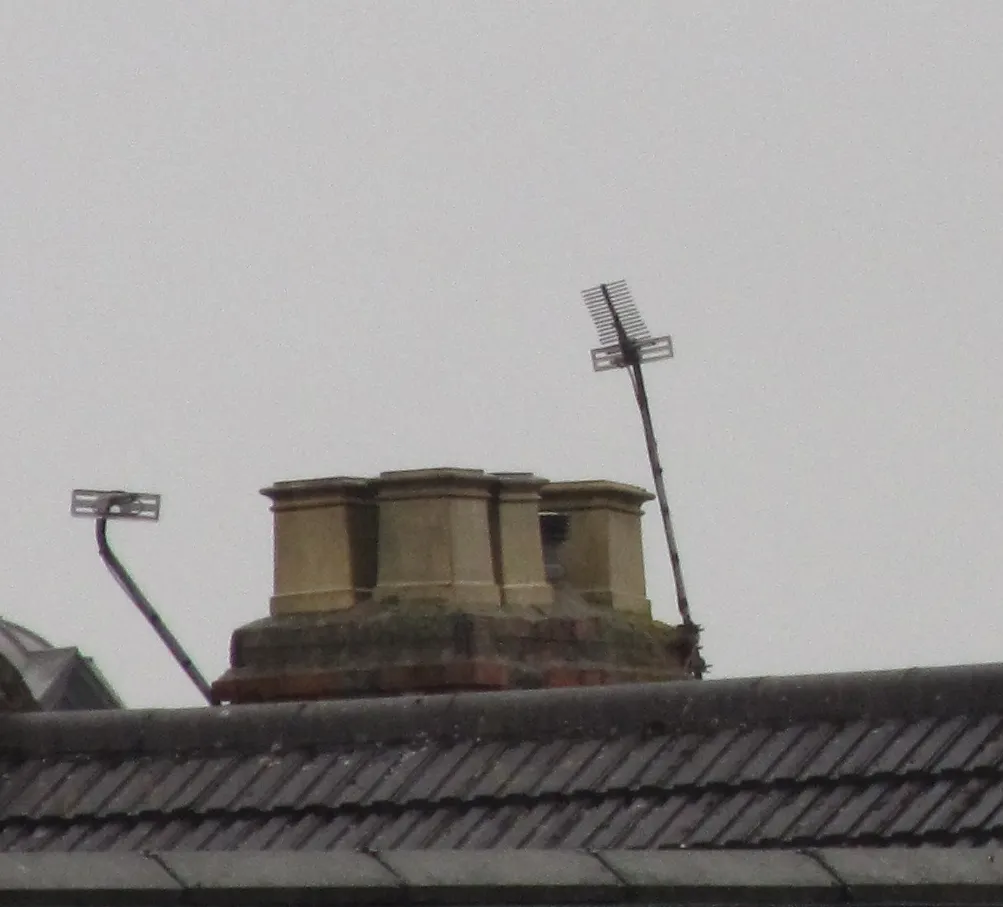

Mariusz Krukar
Links:
Ken Rockwell’s Nikkor 55-300mm reference


